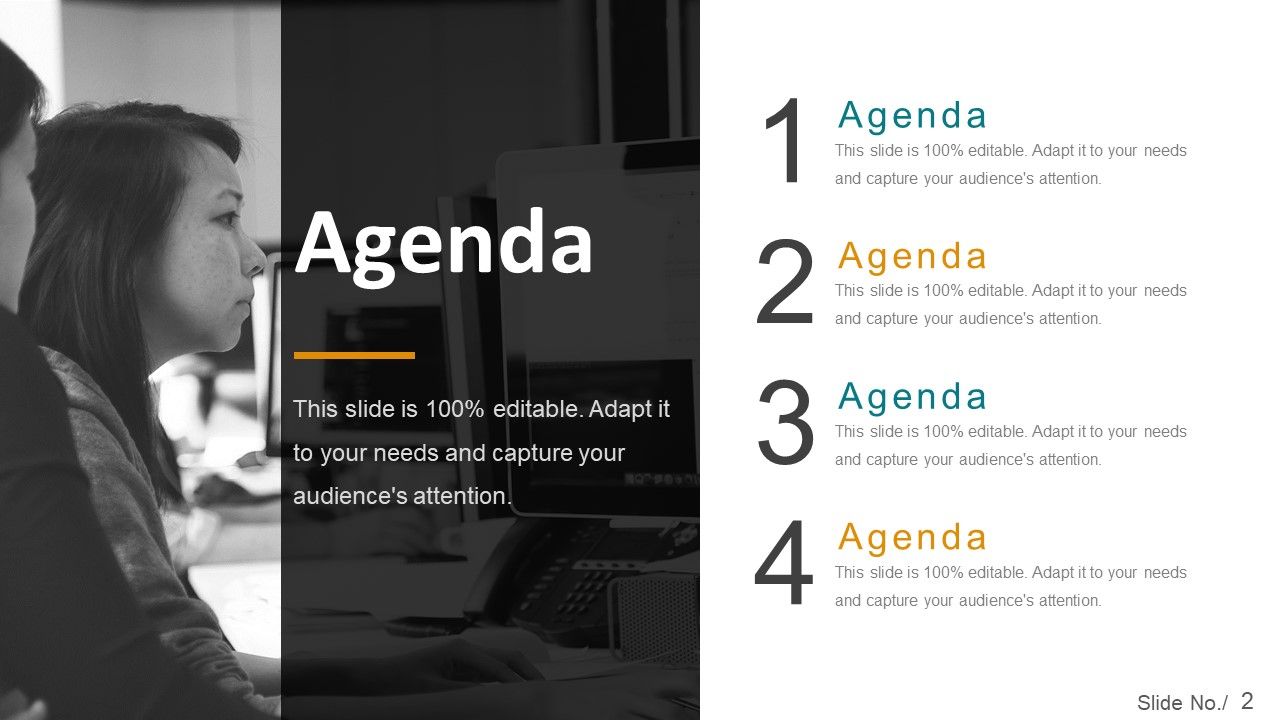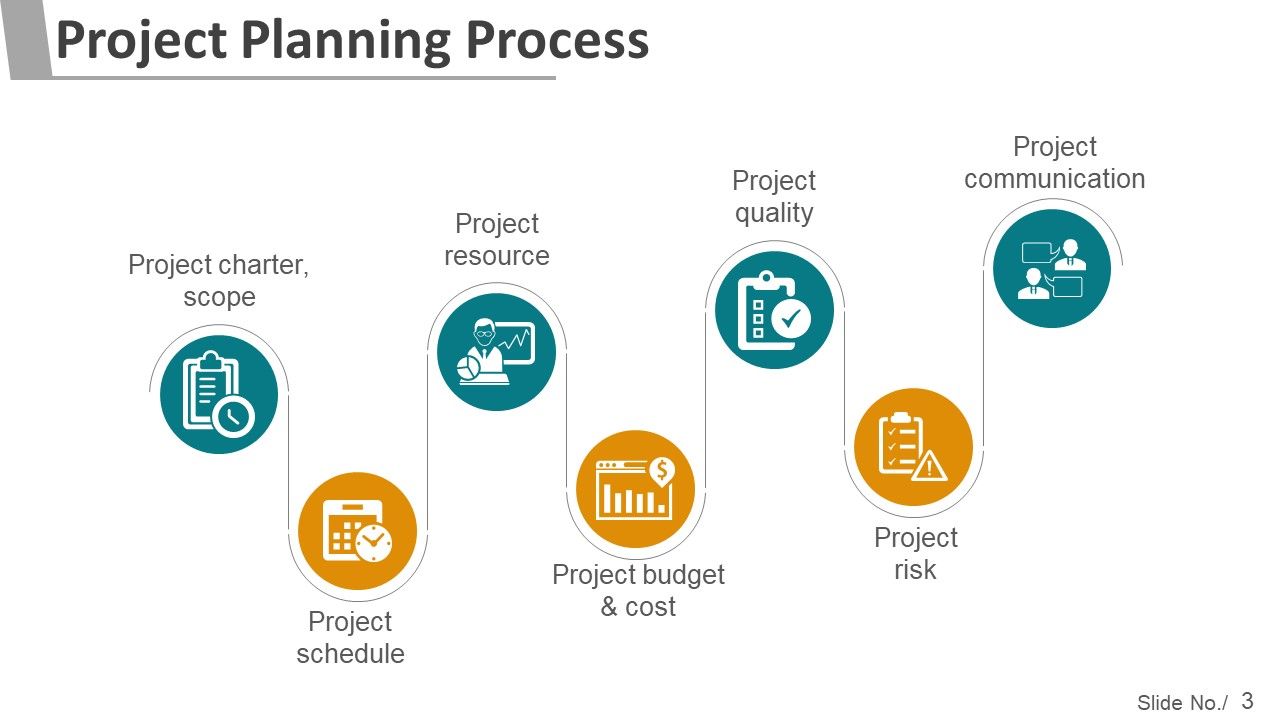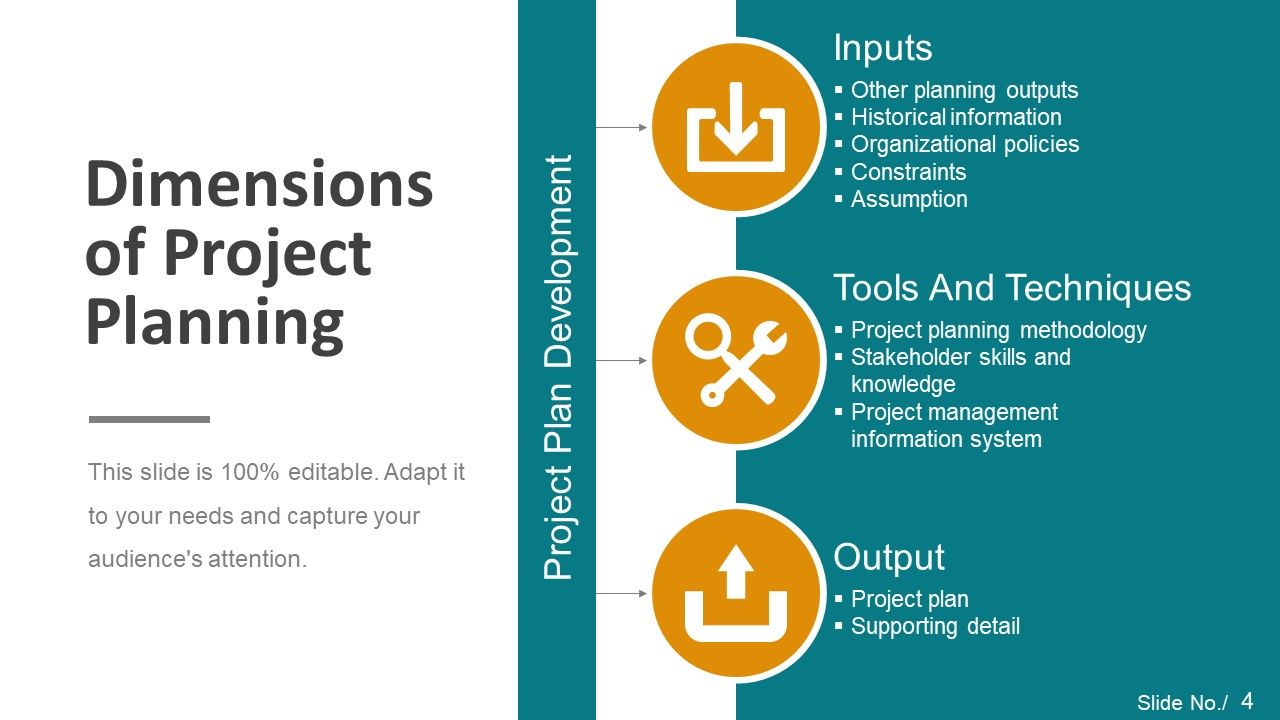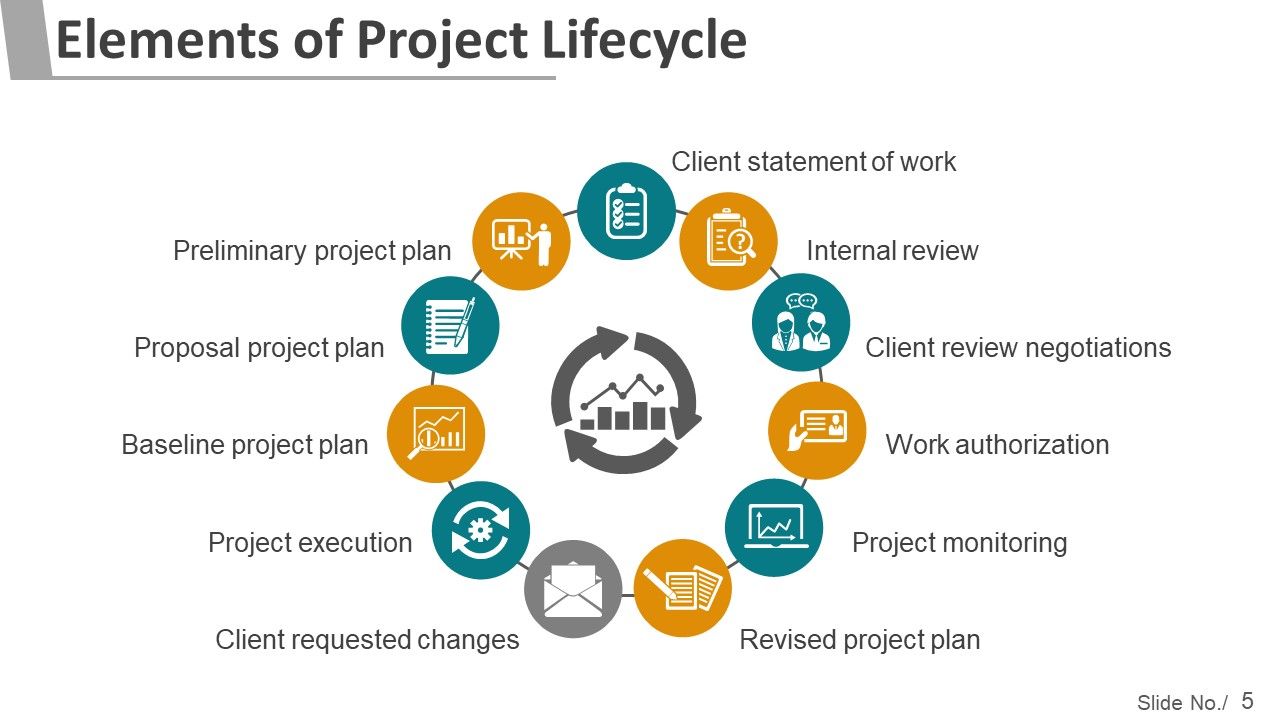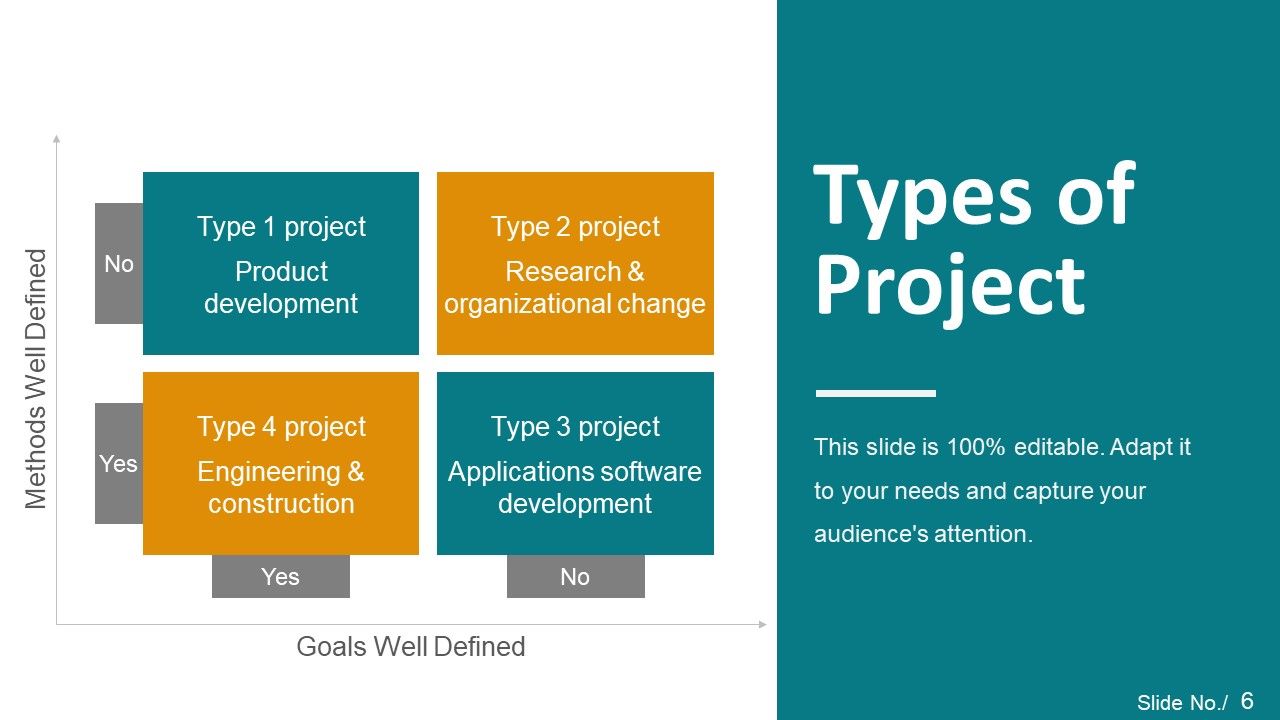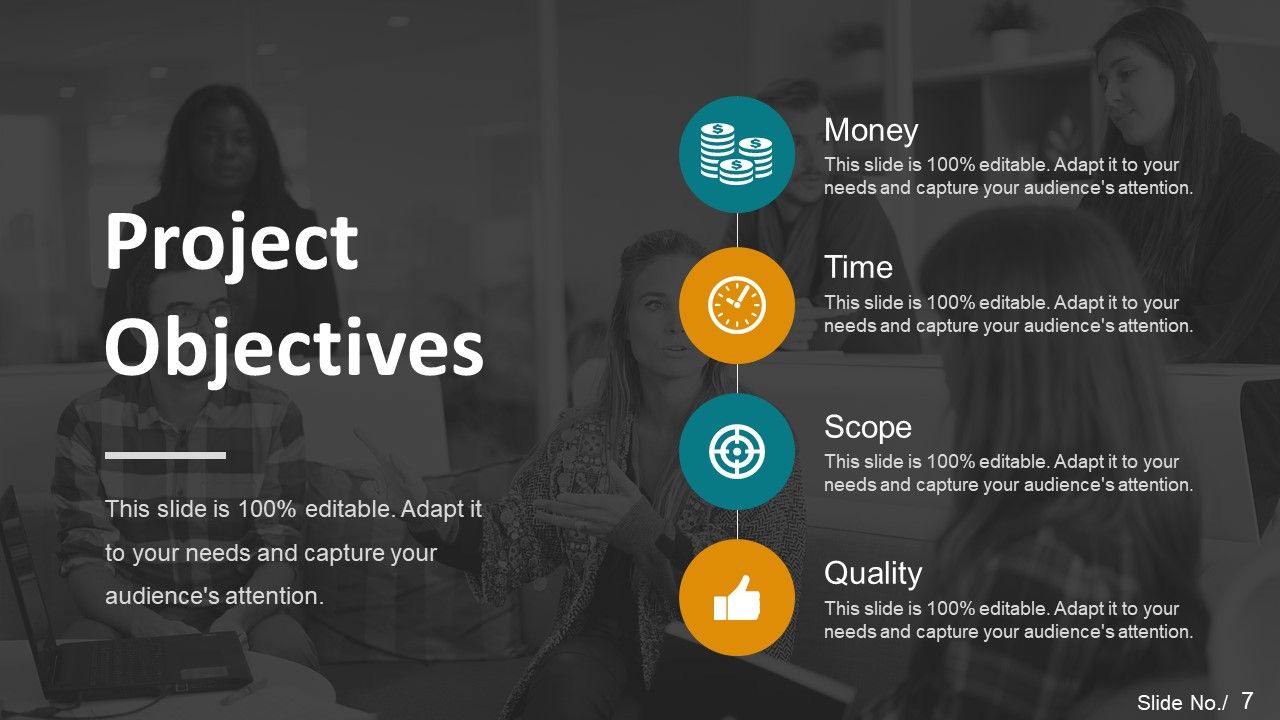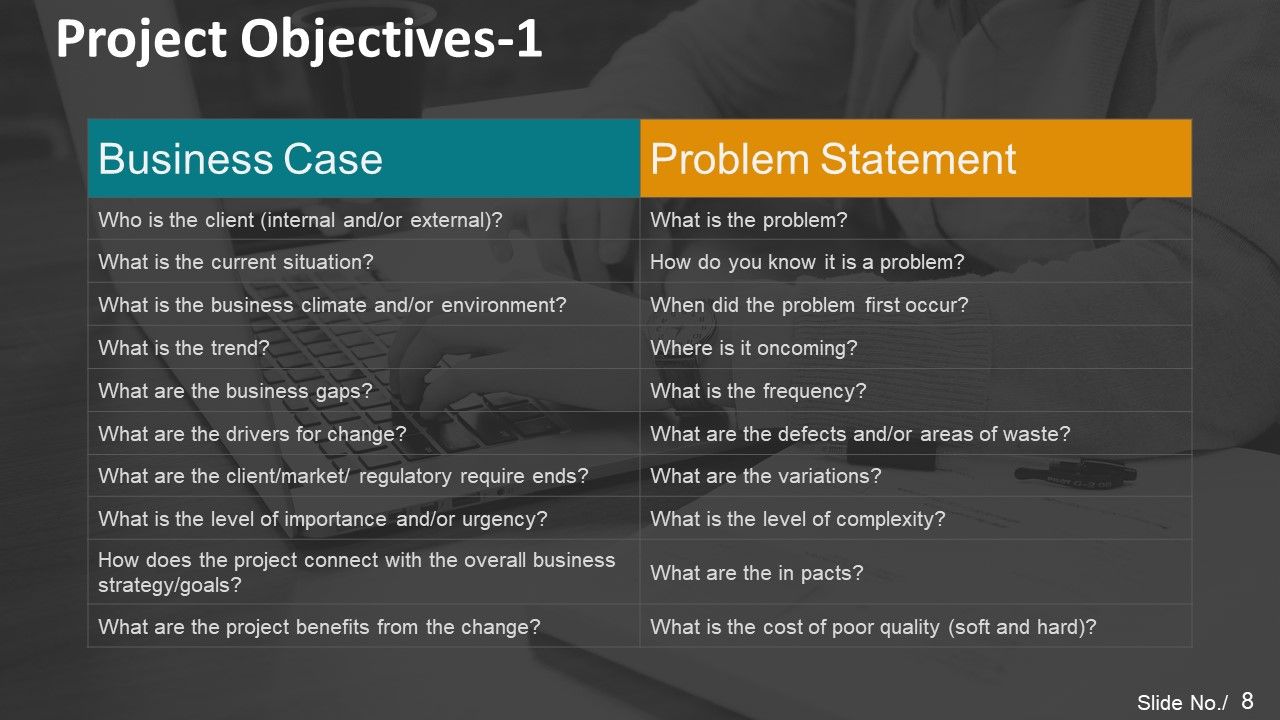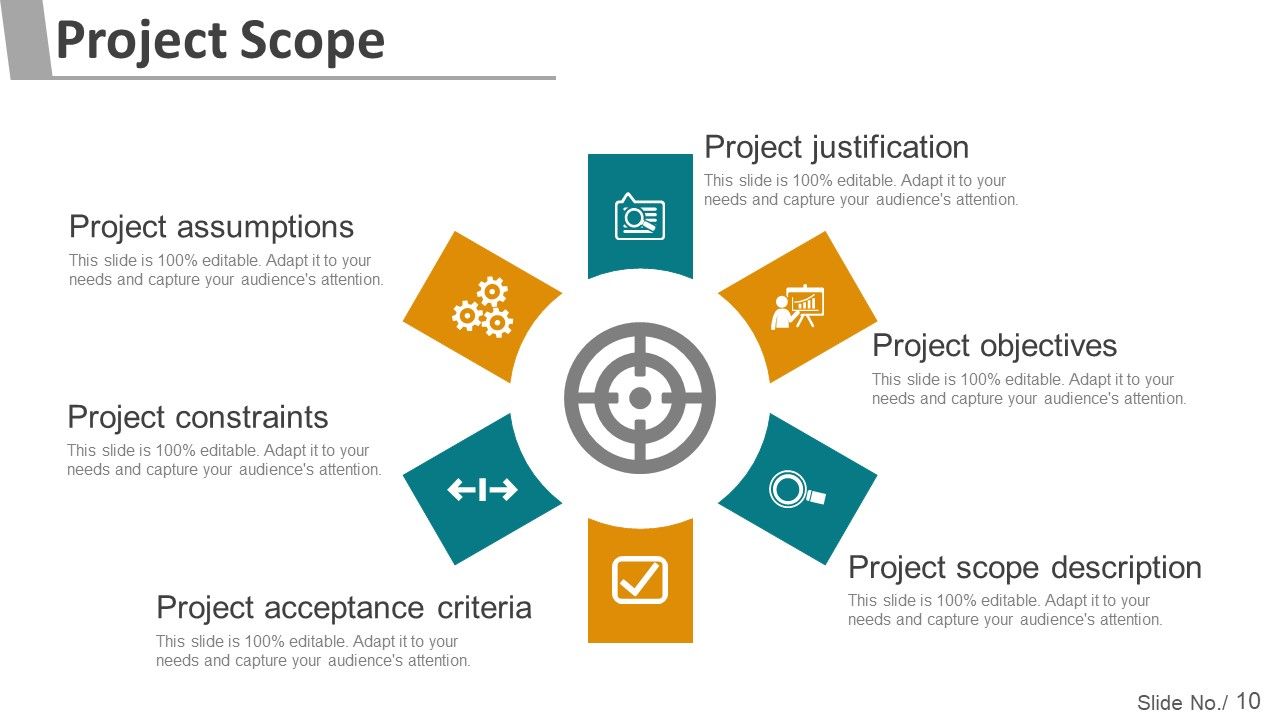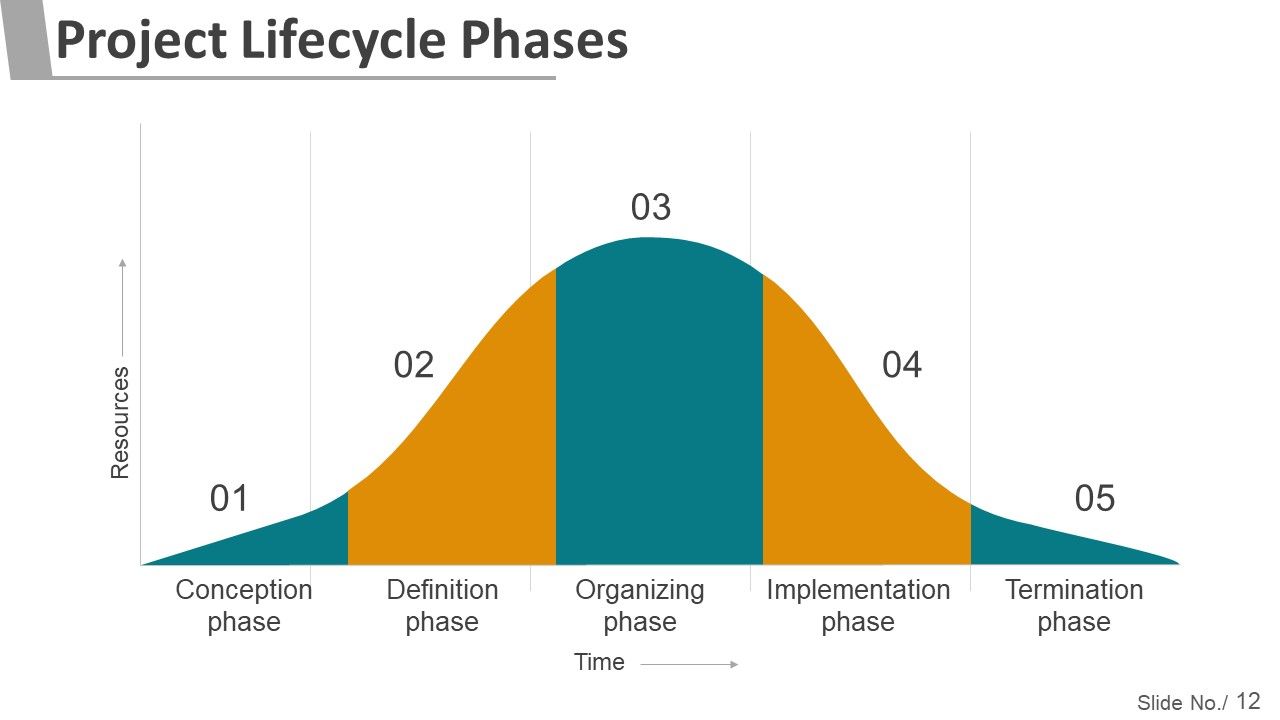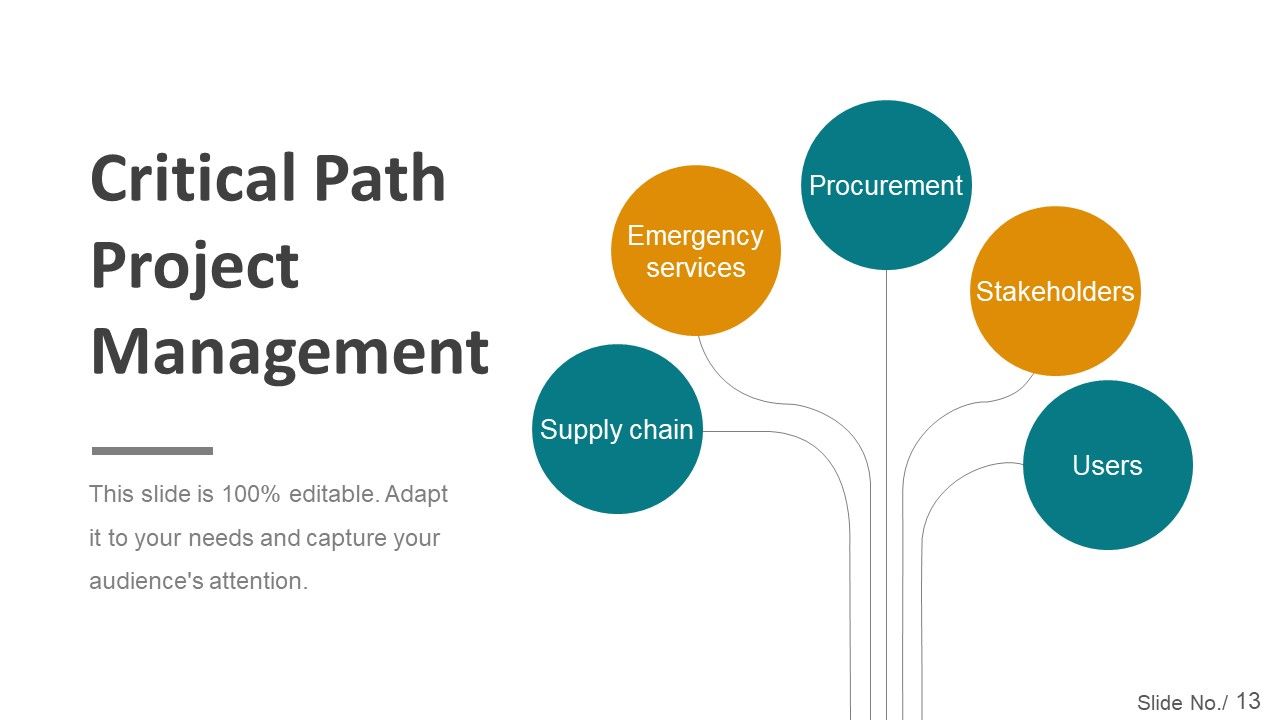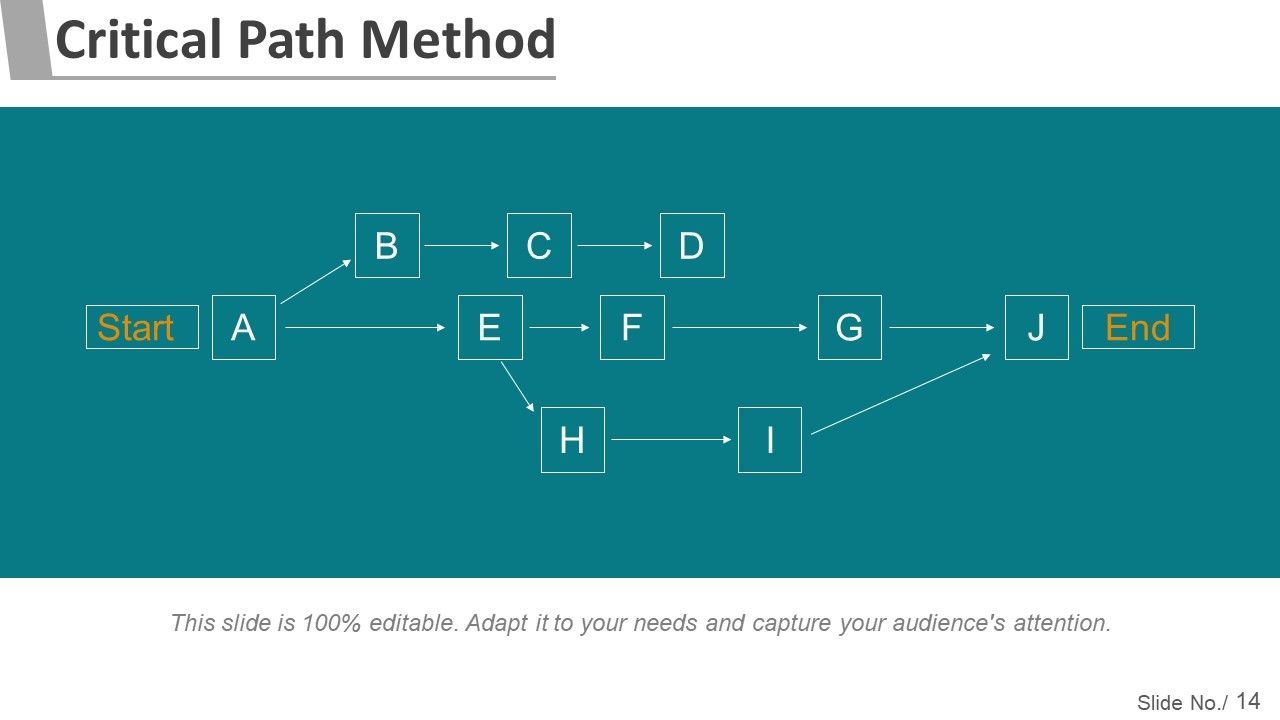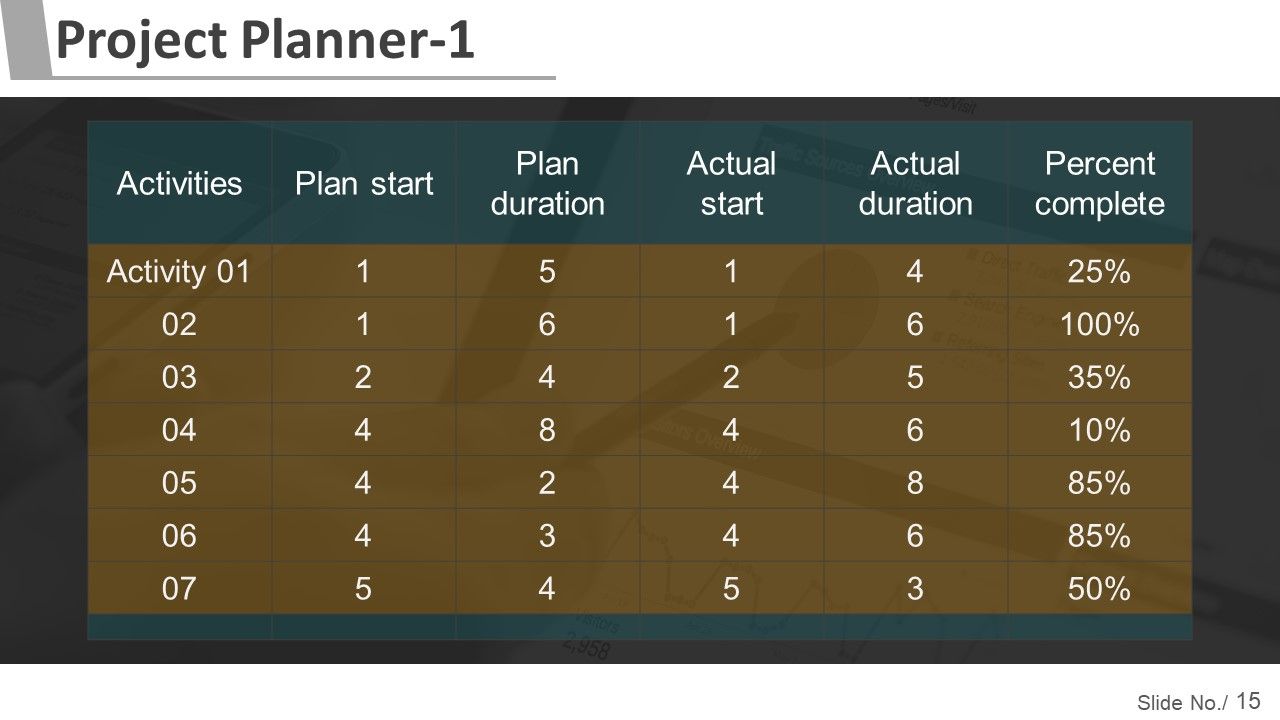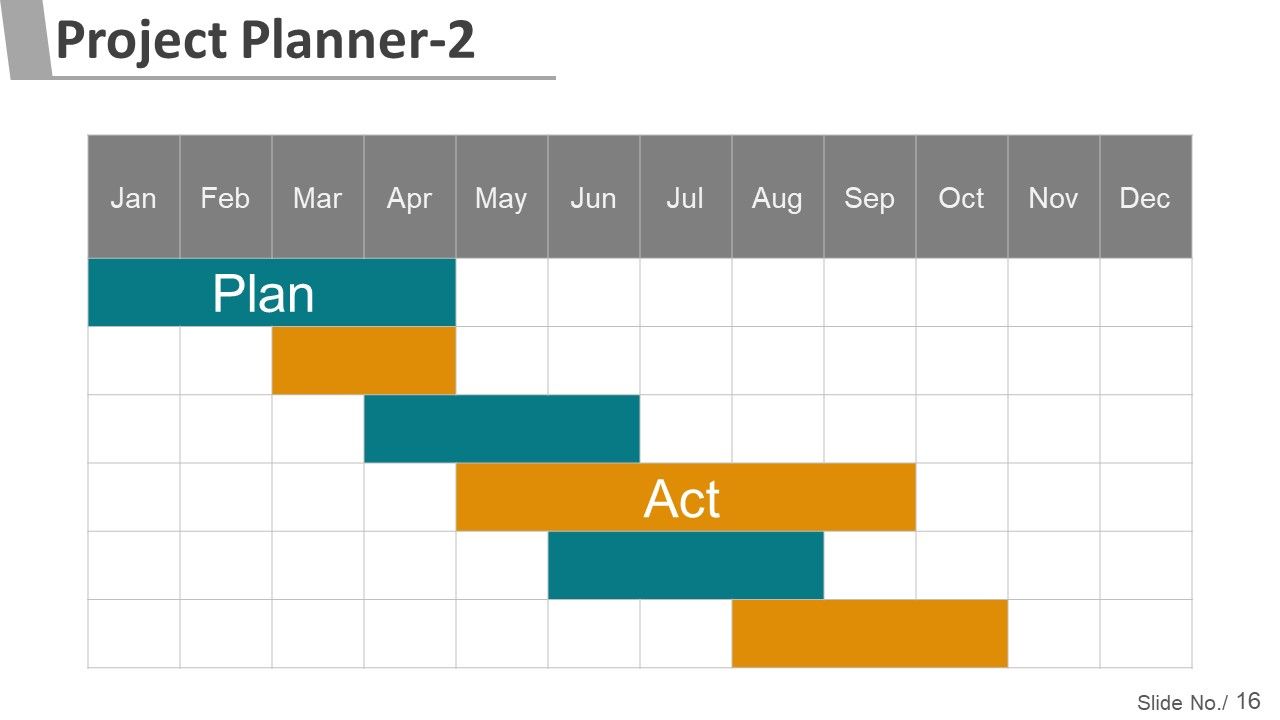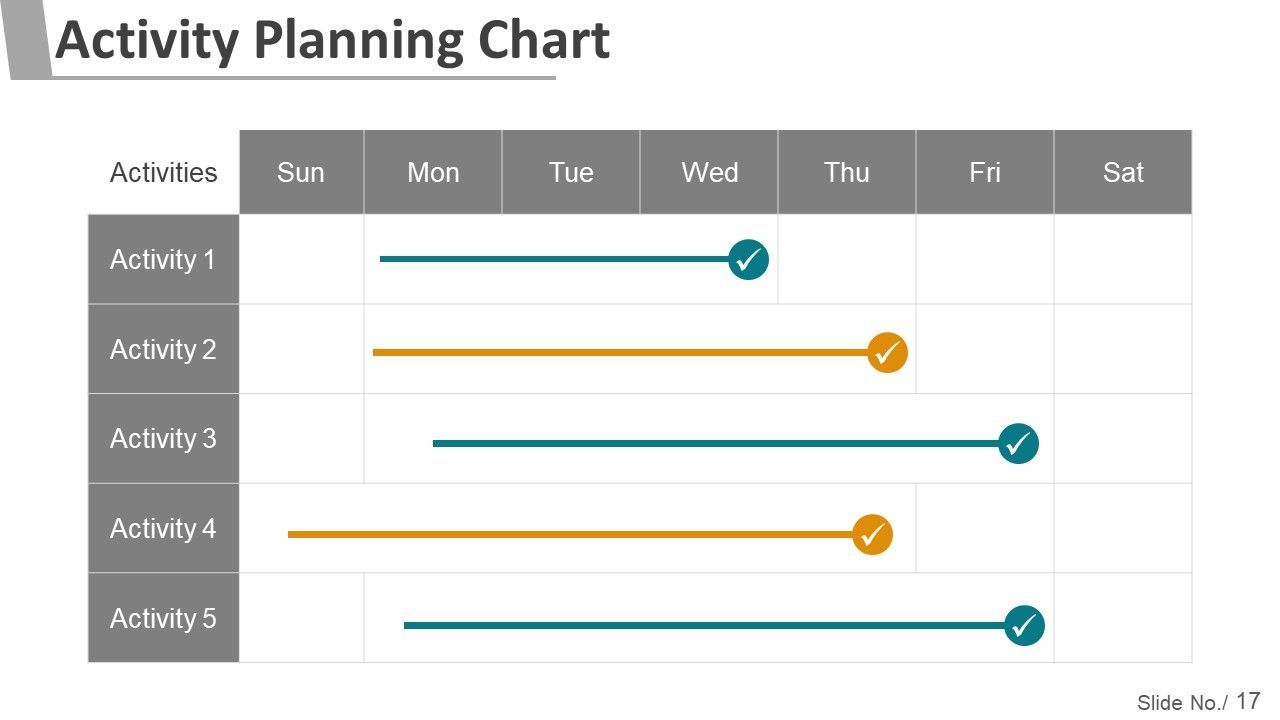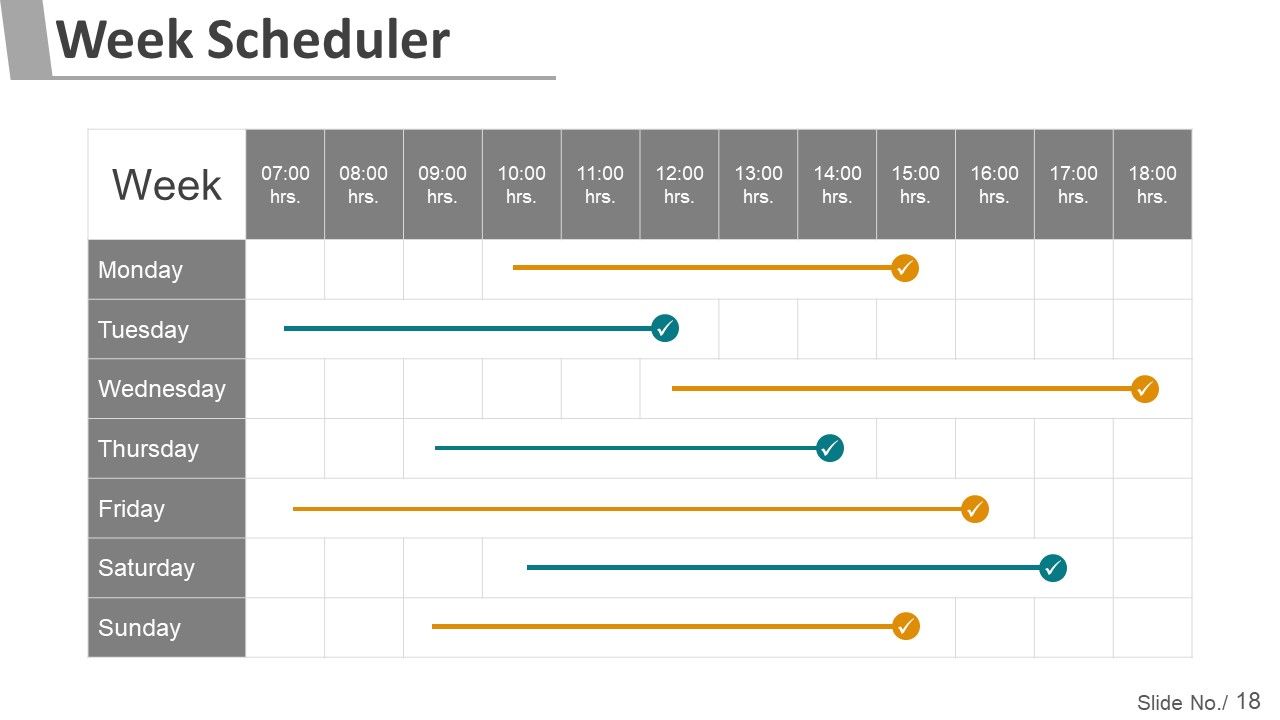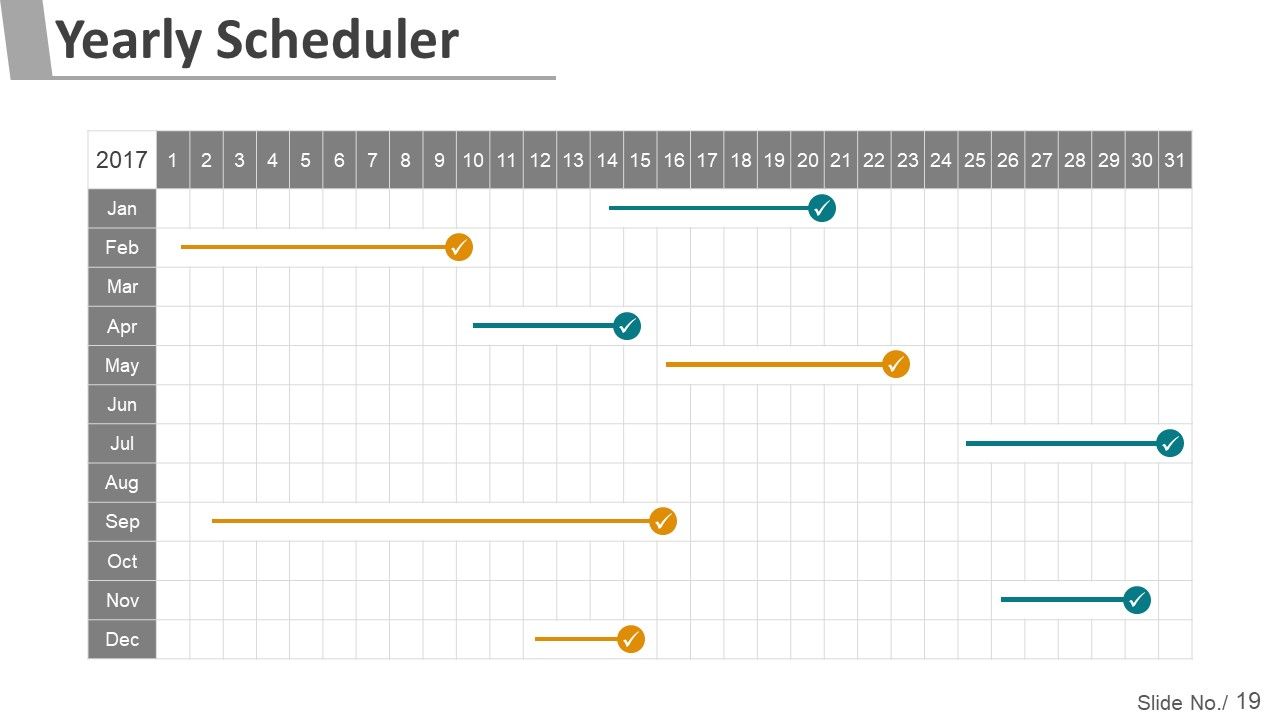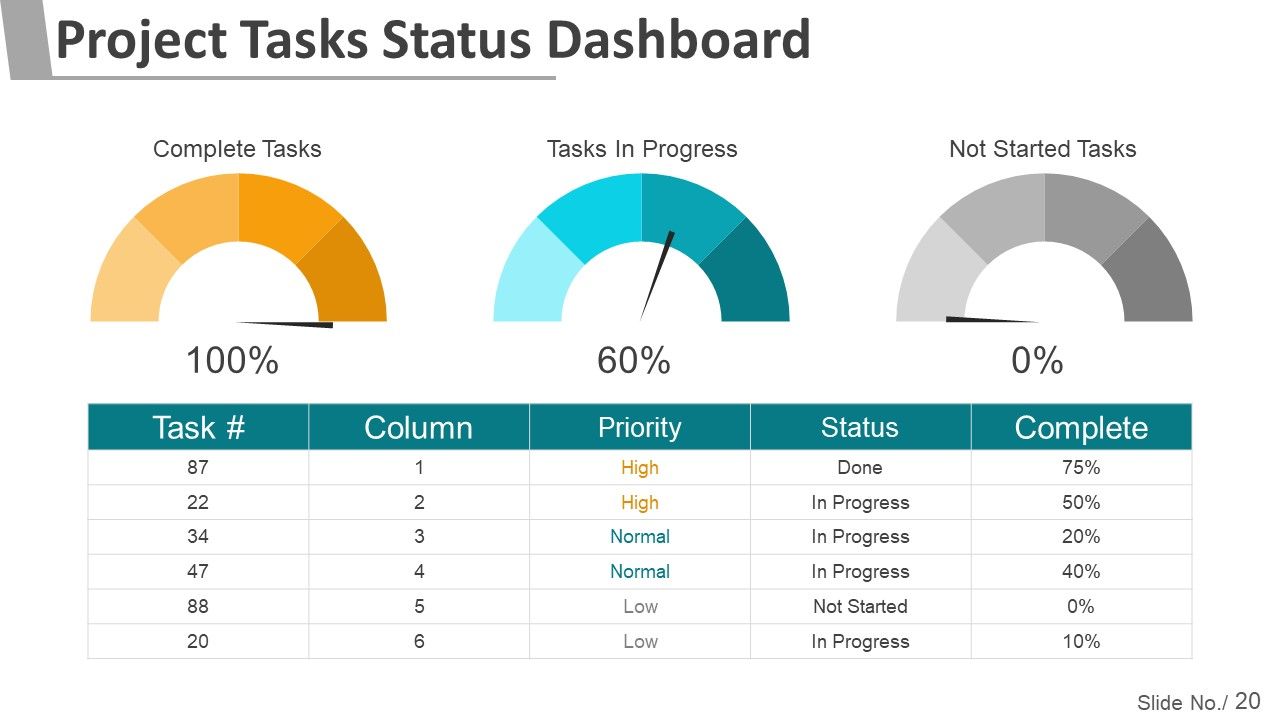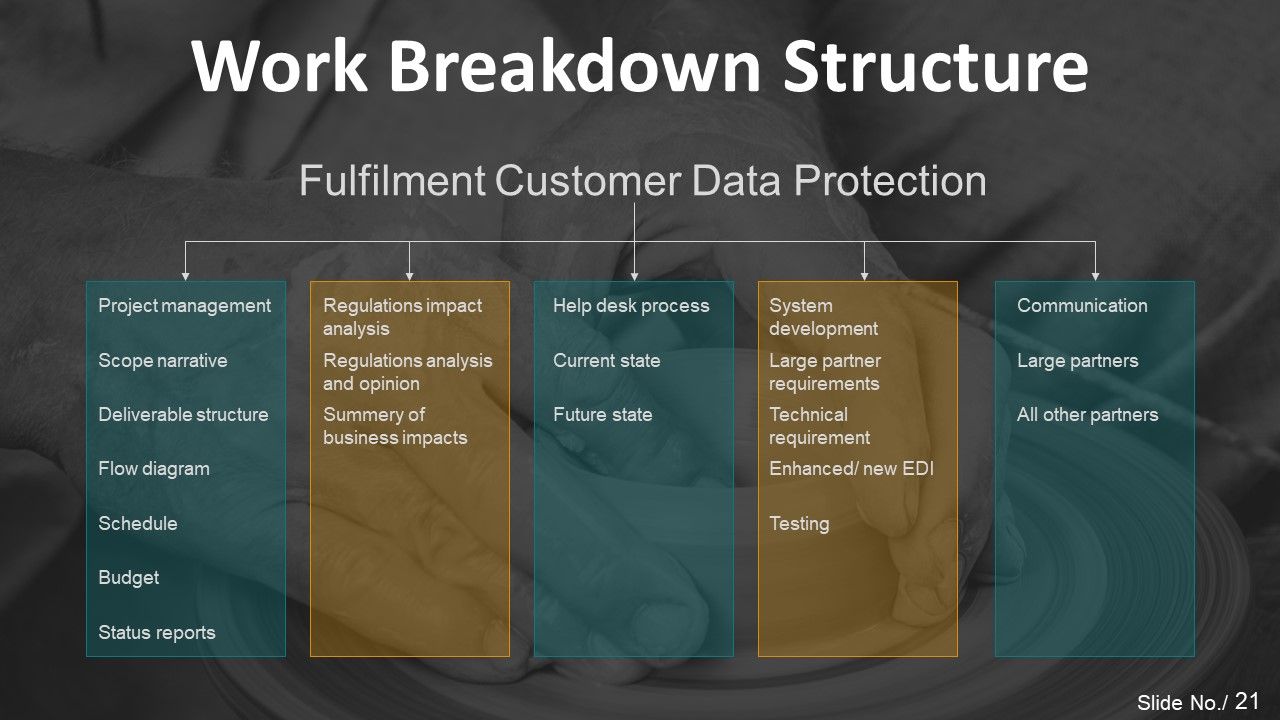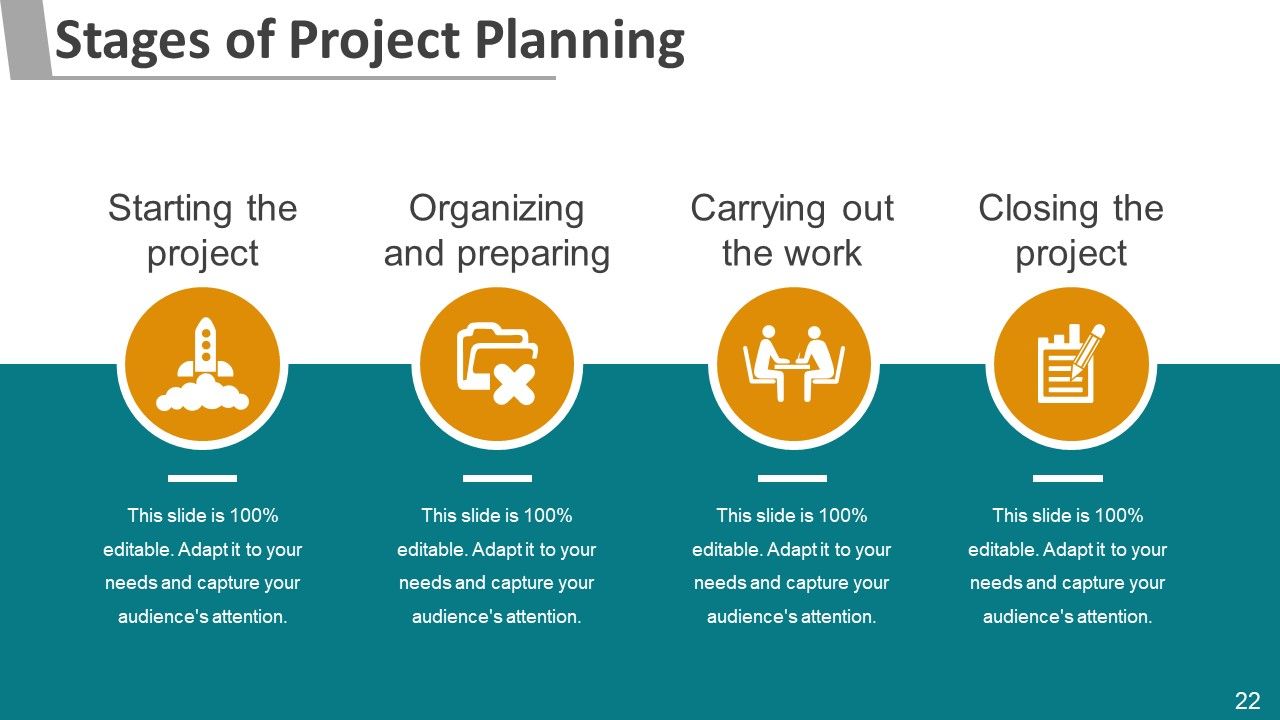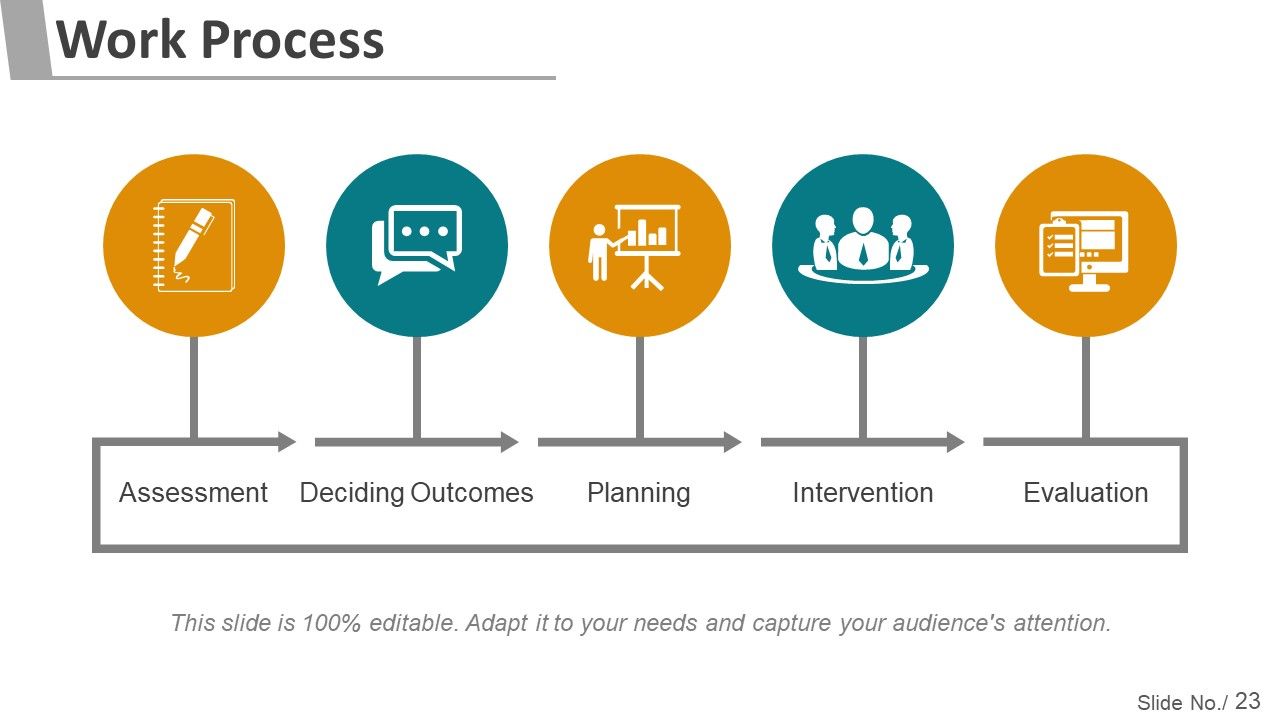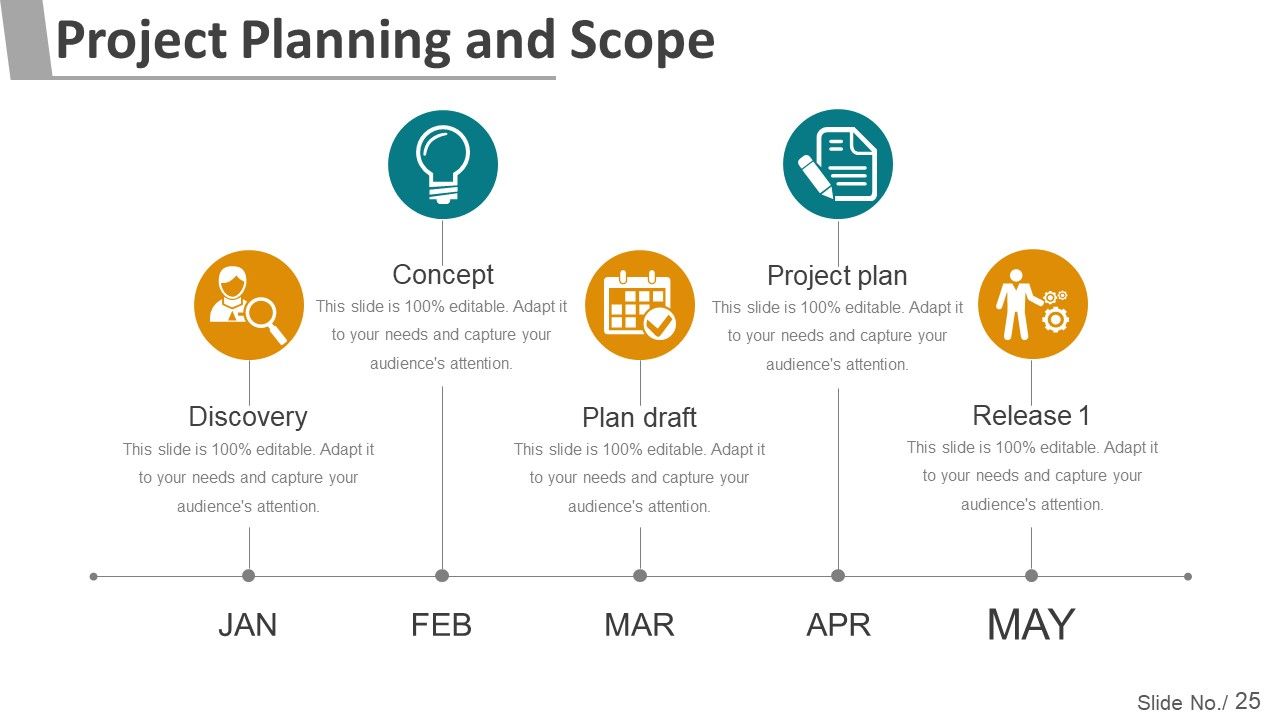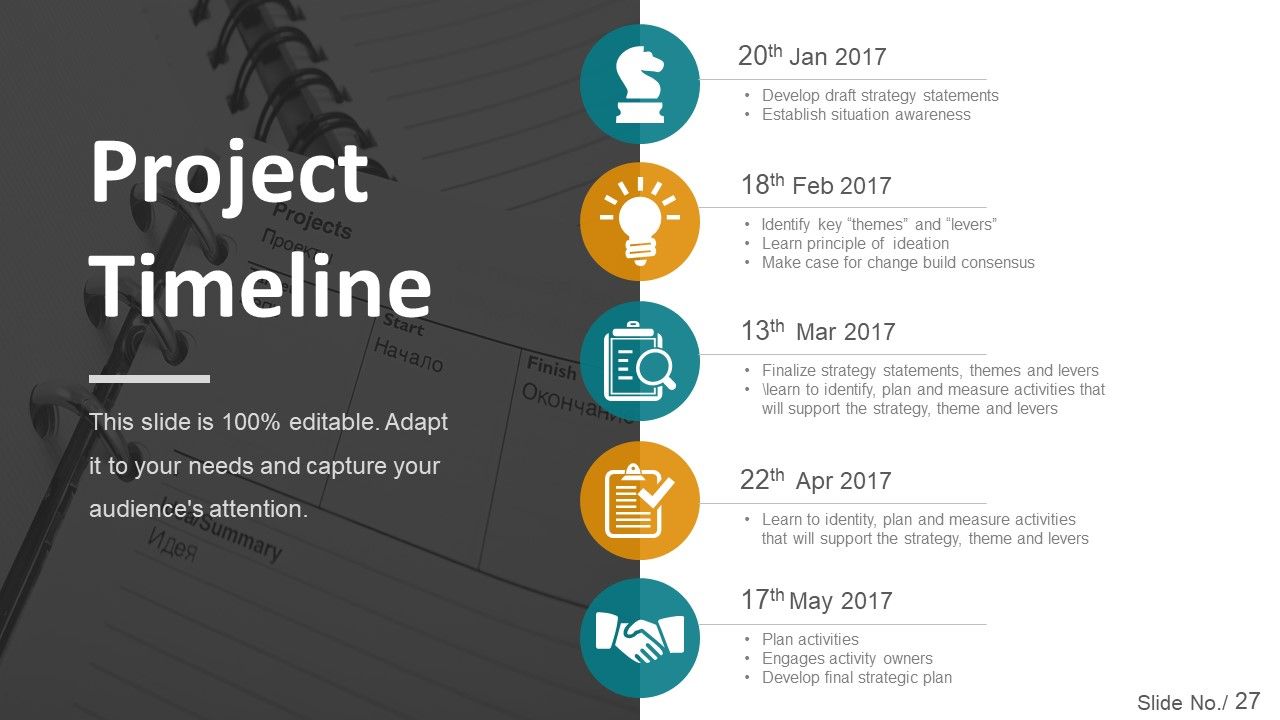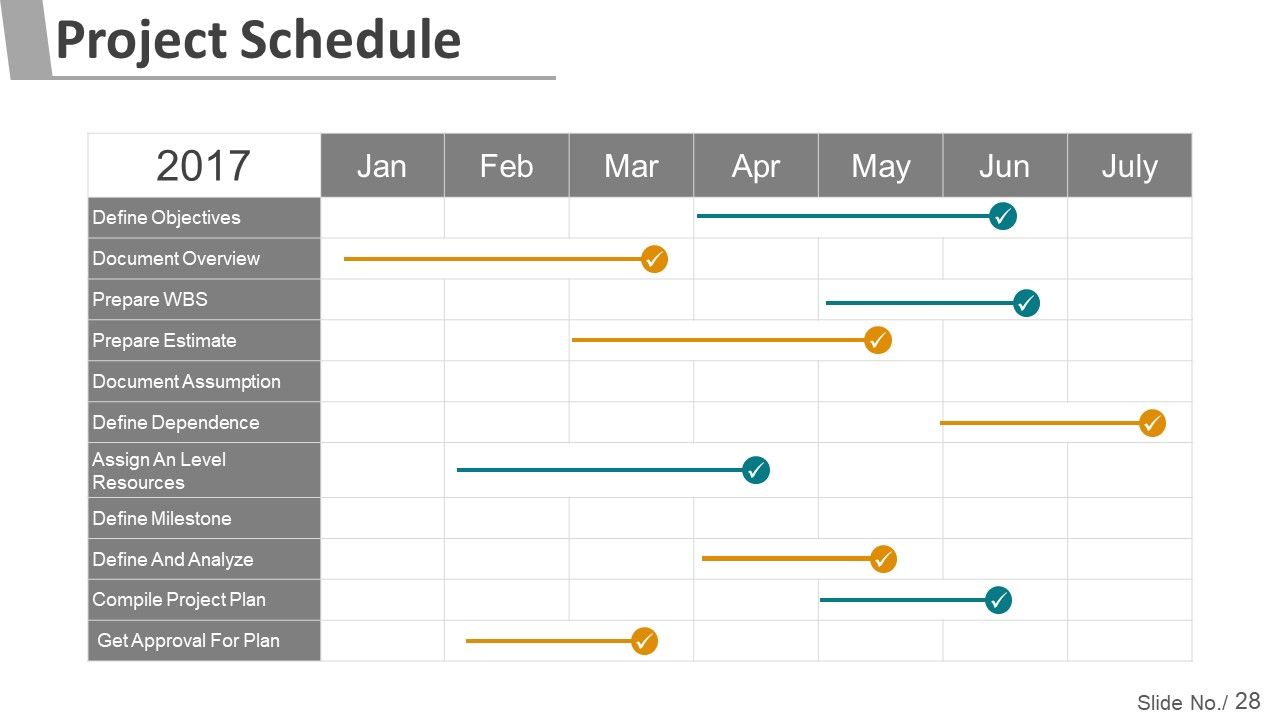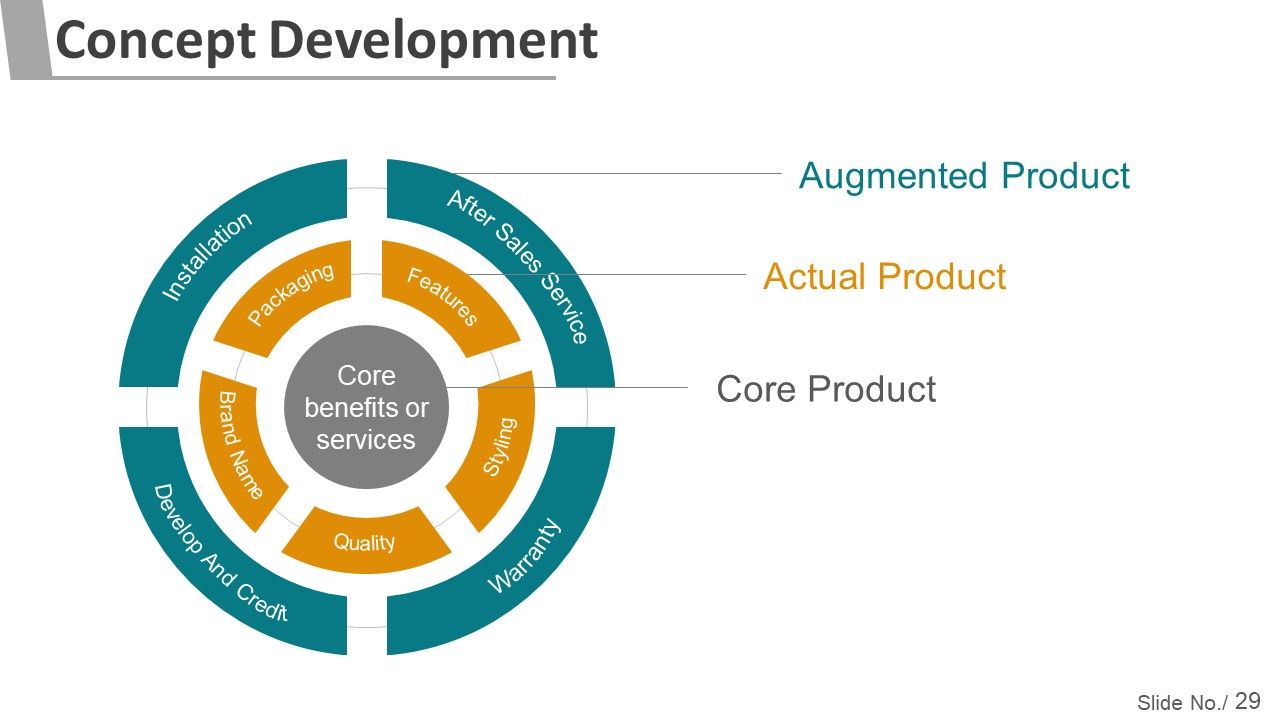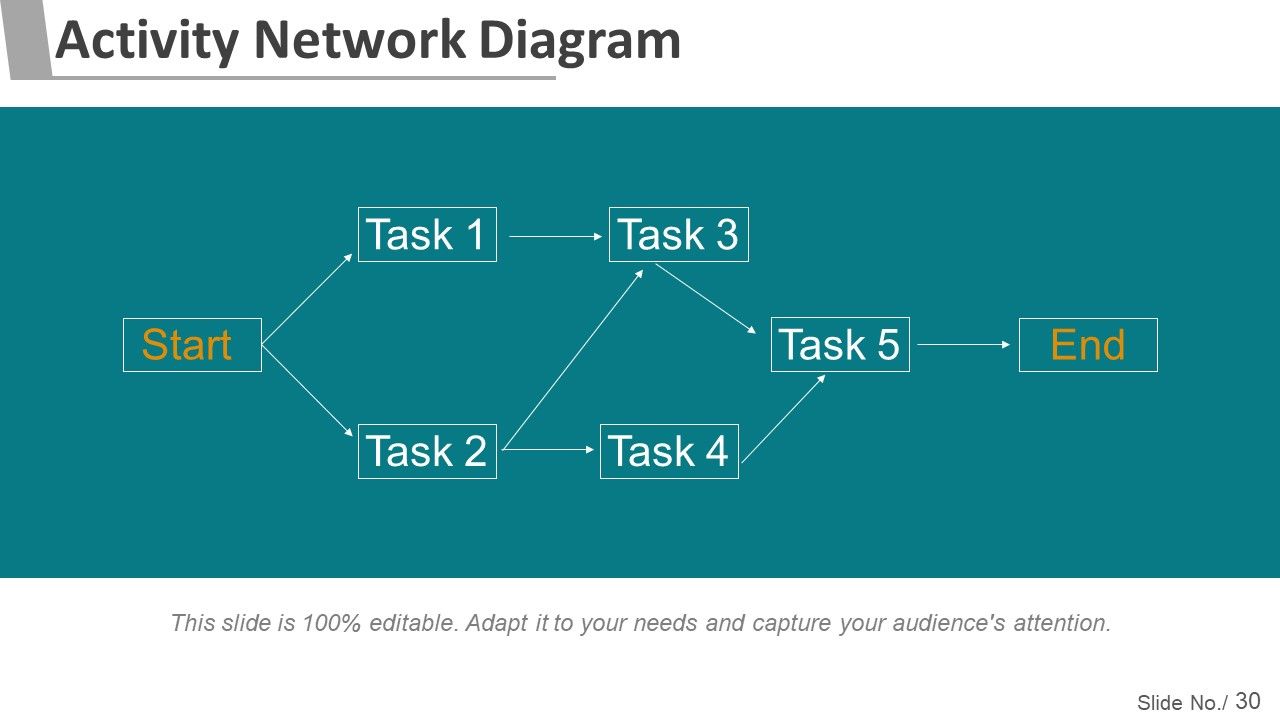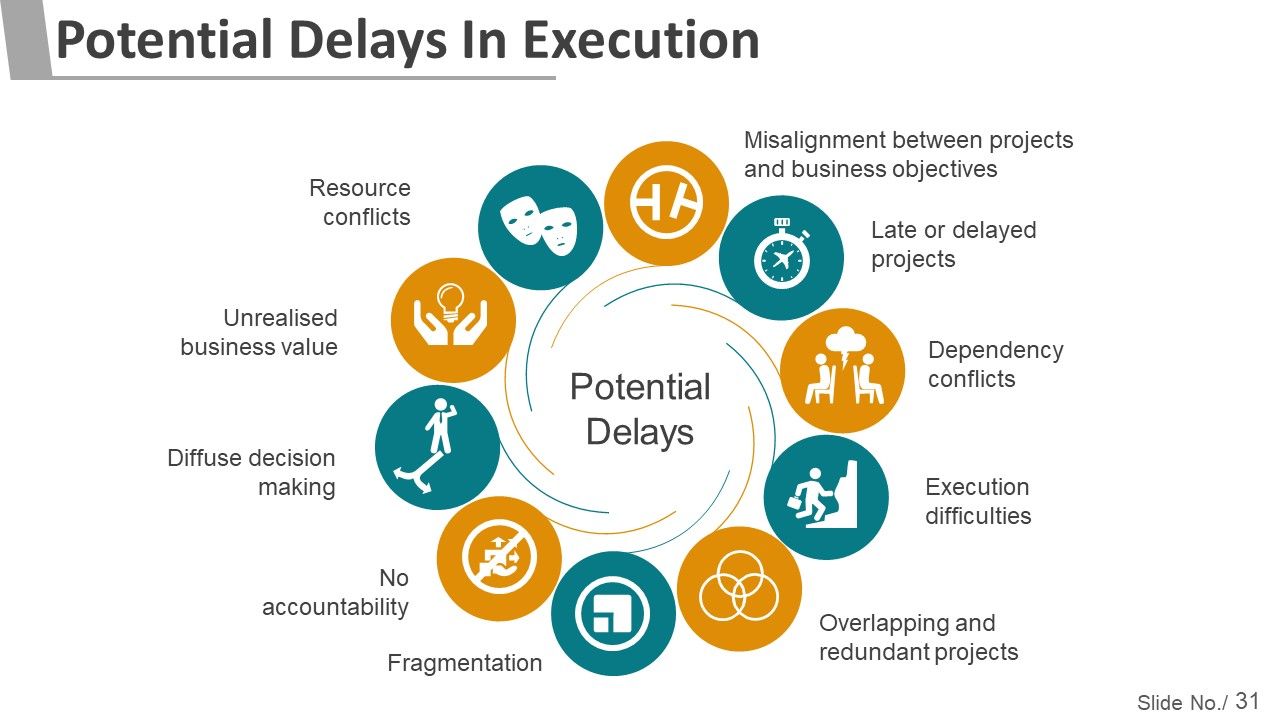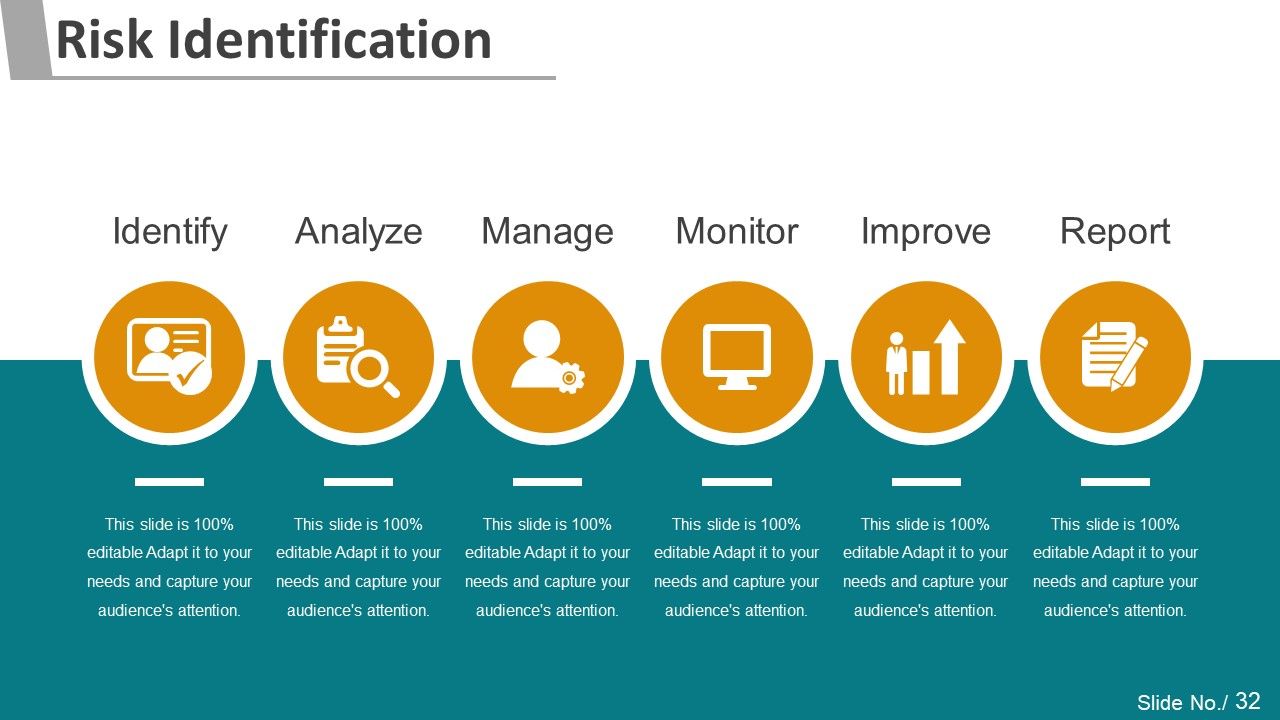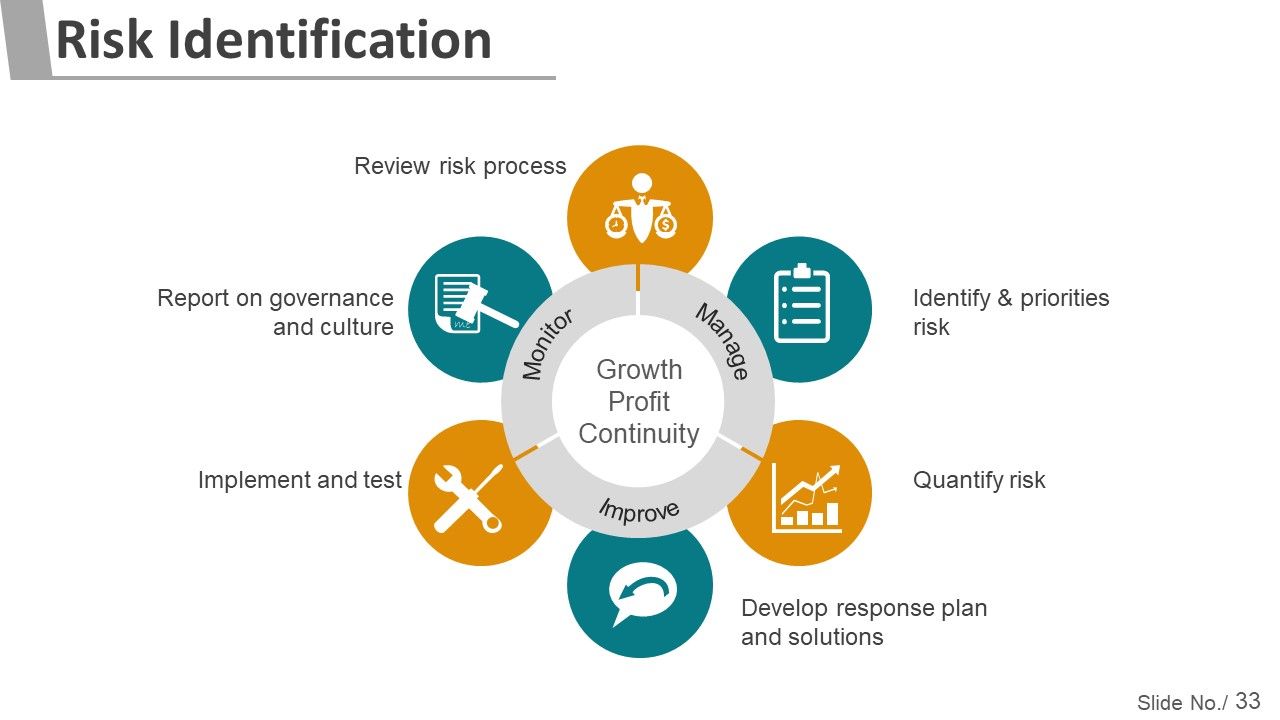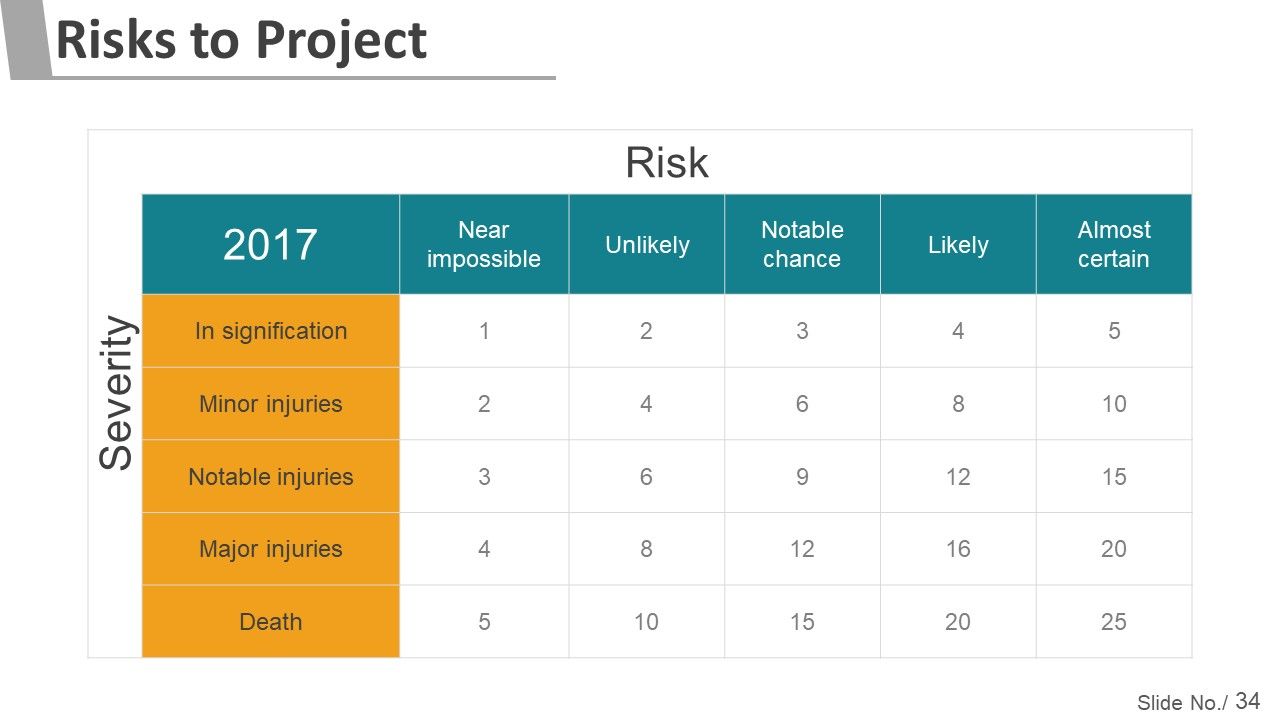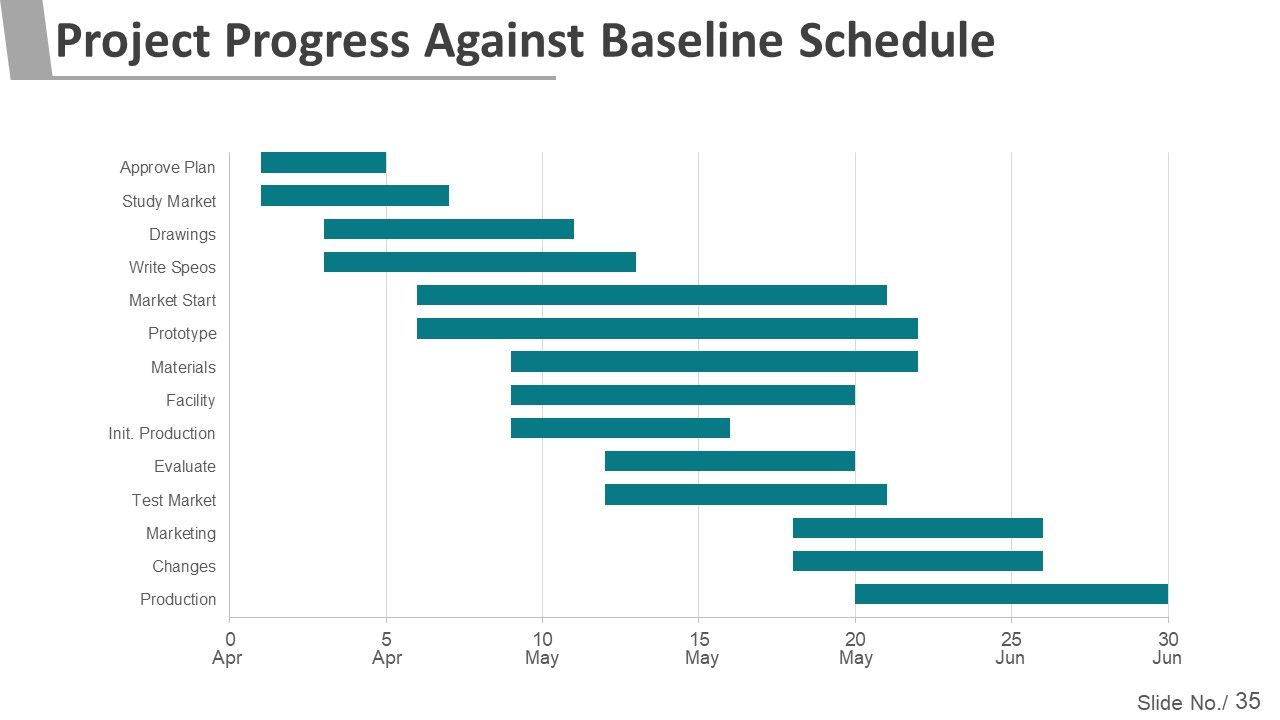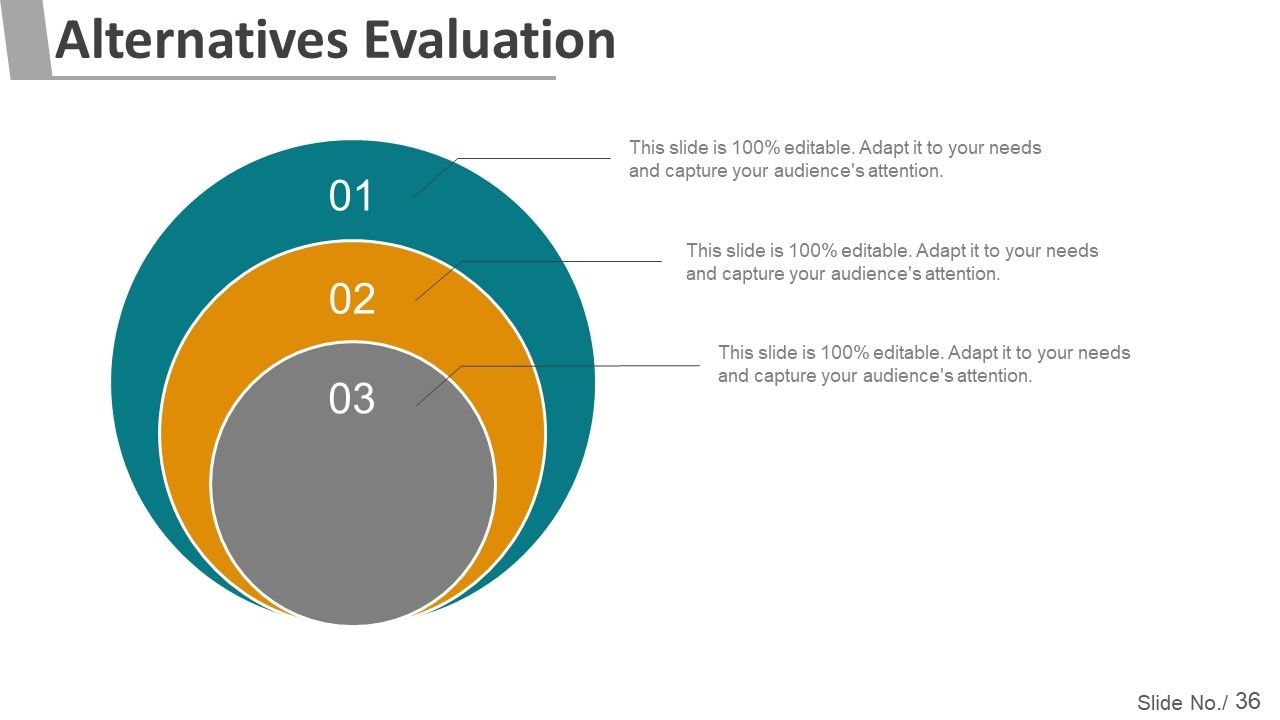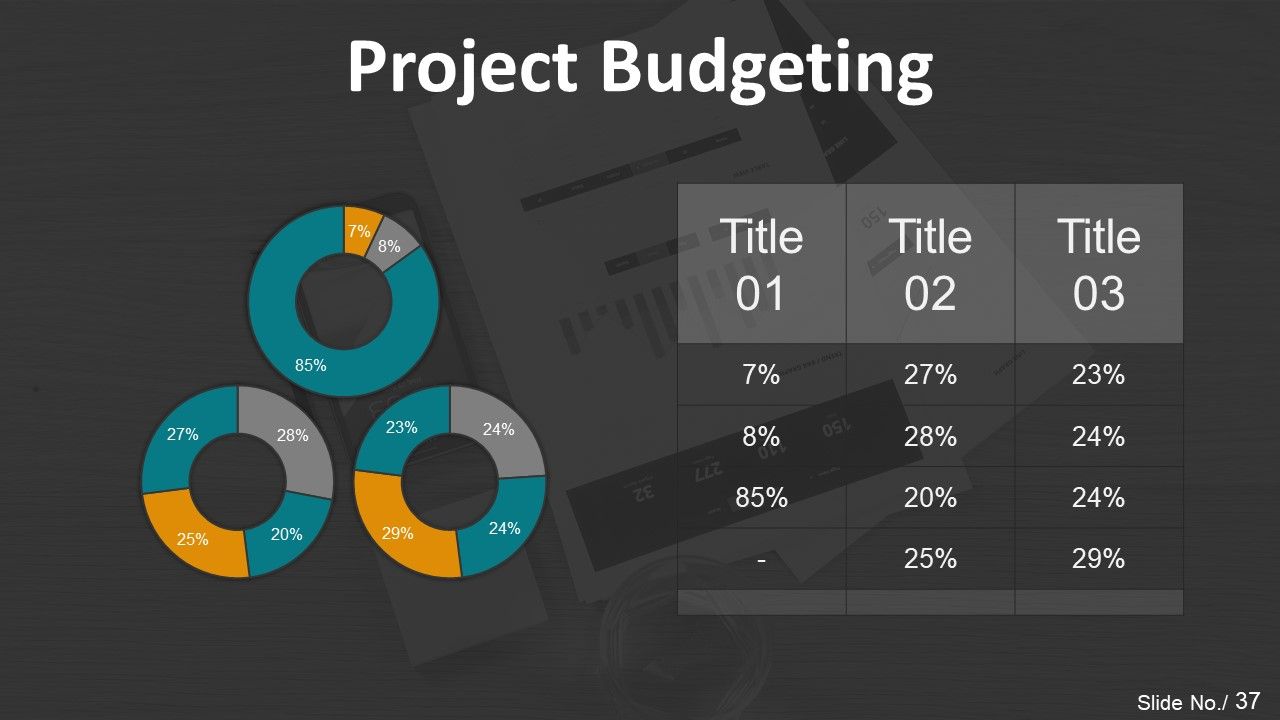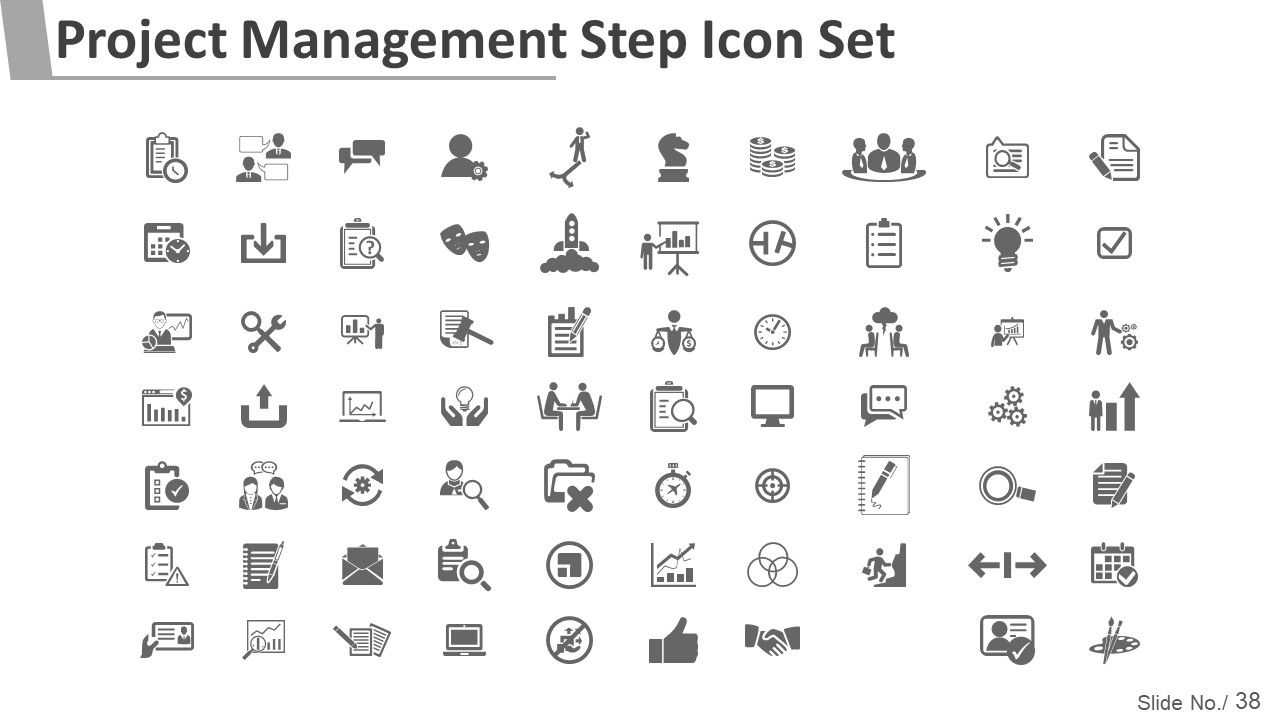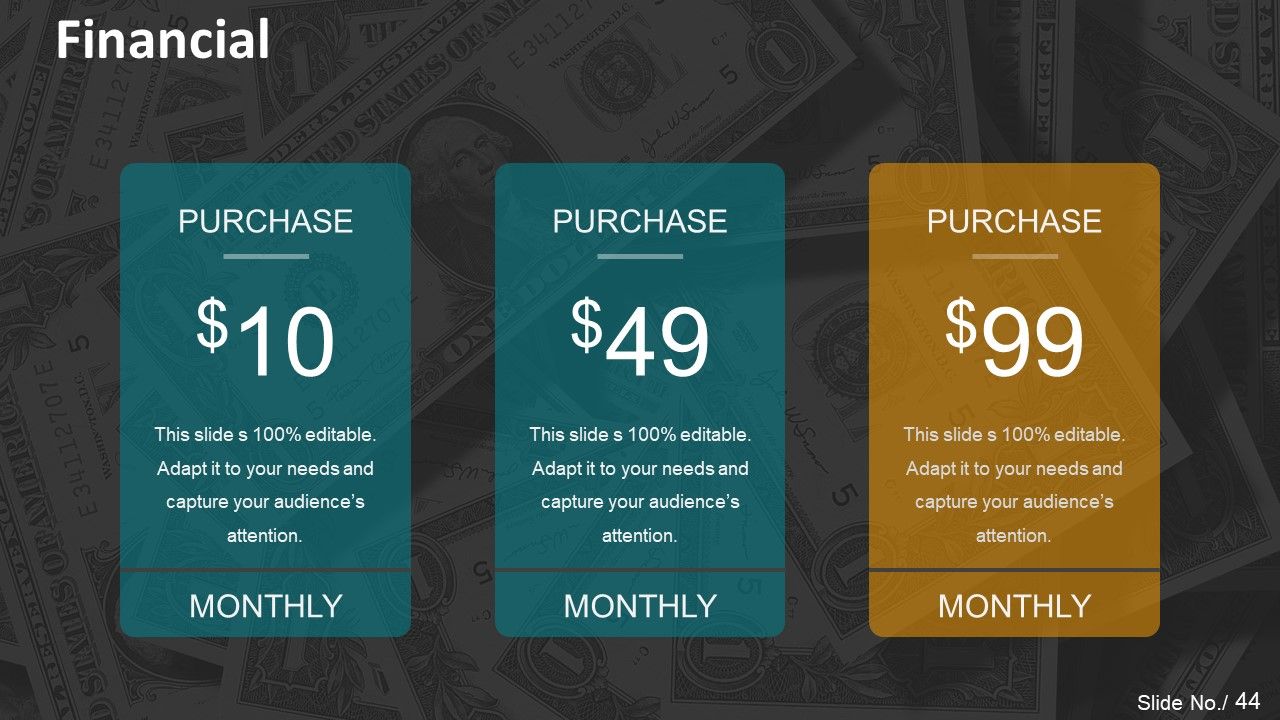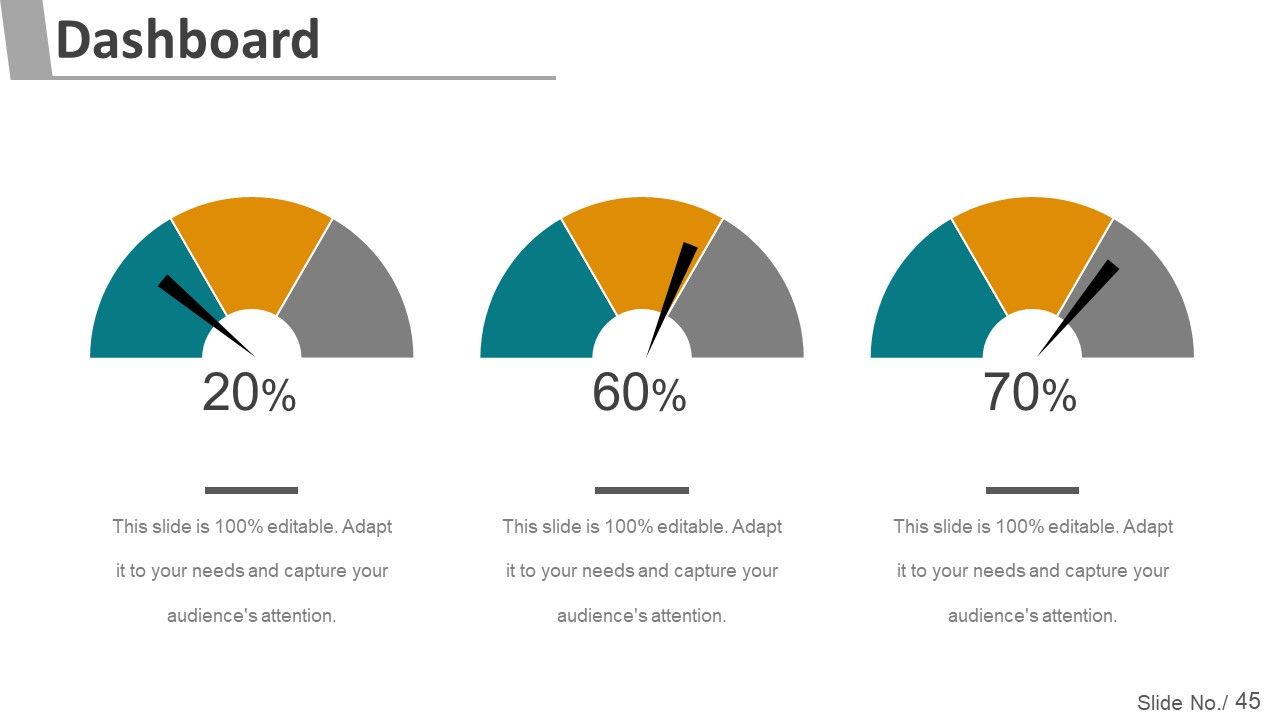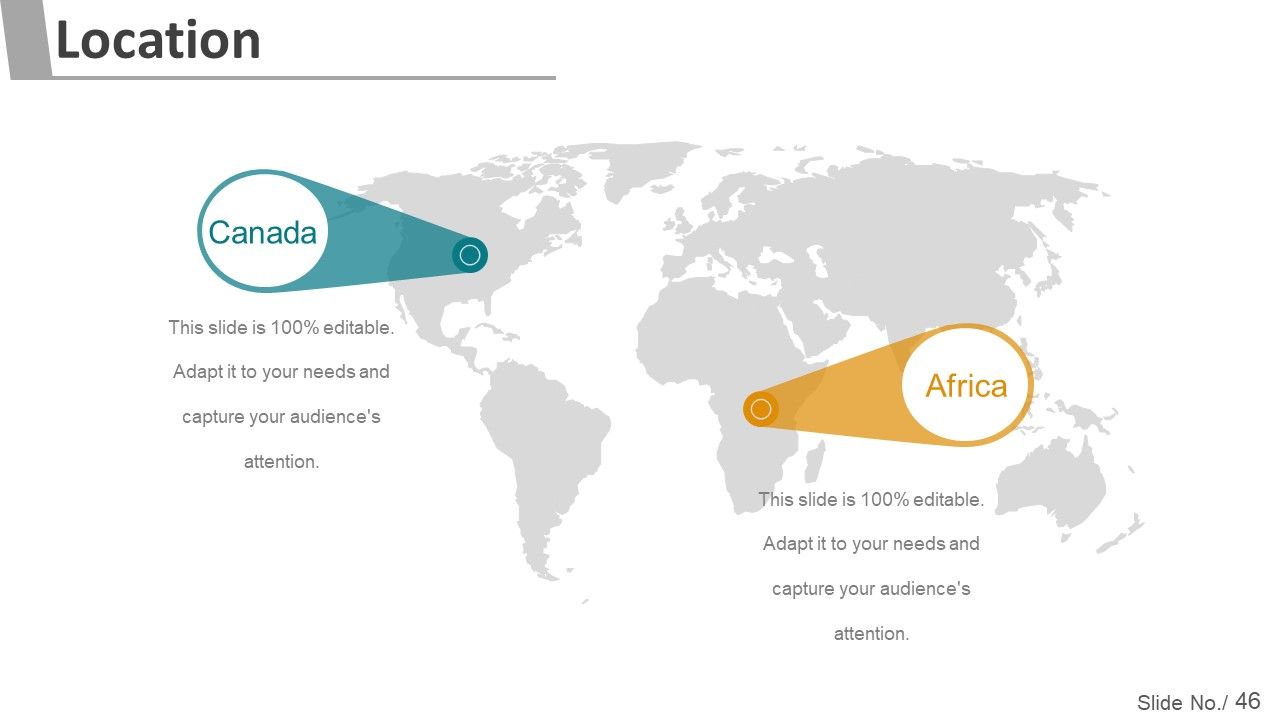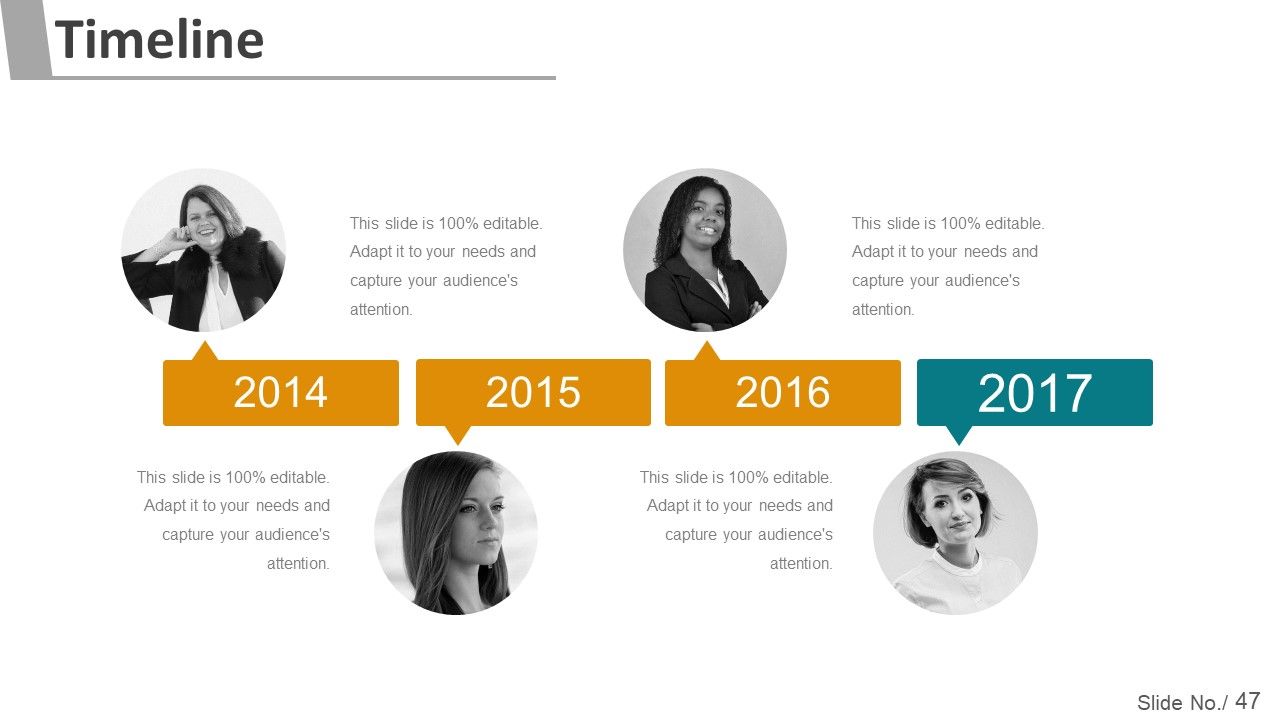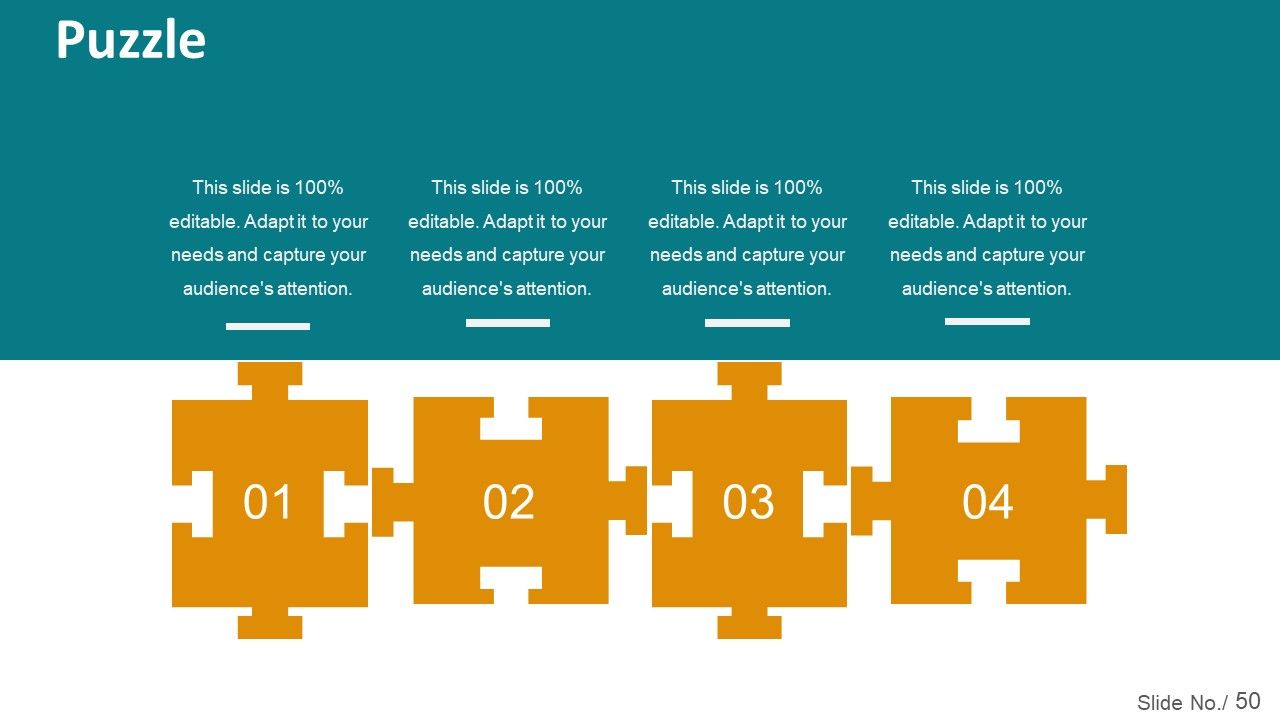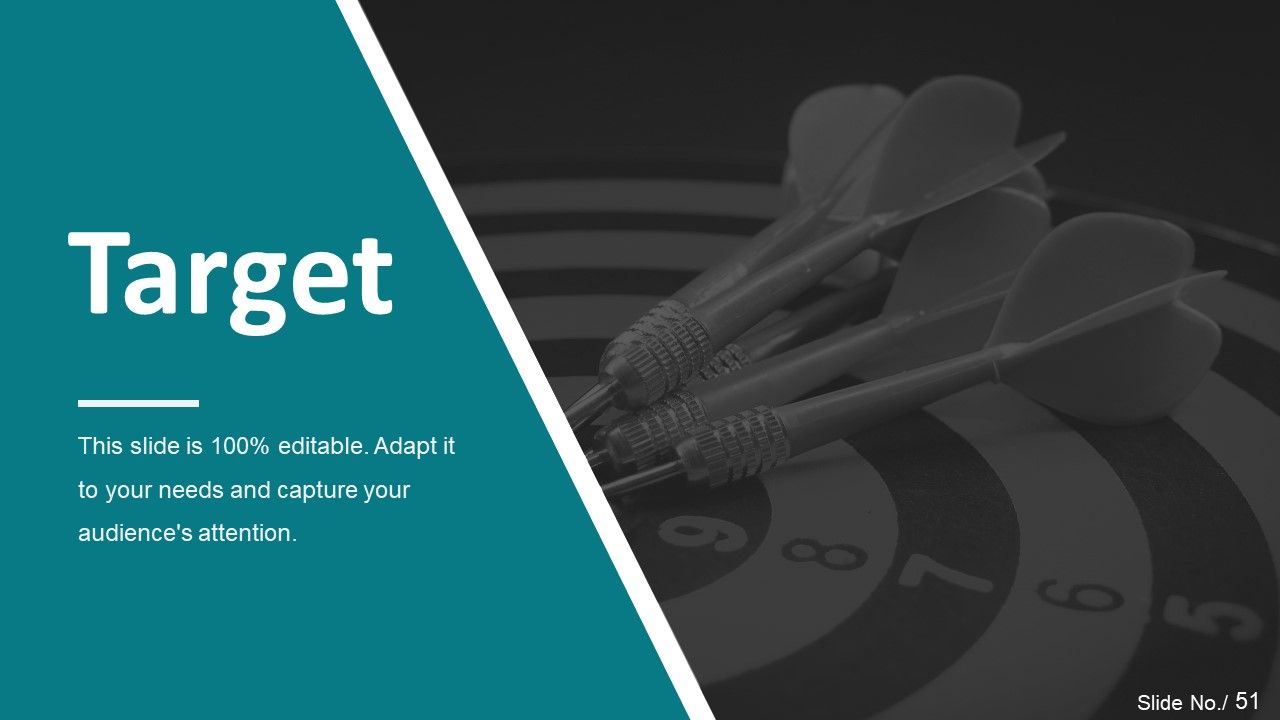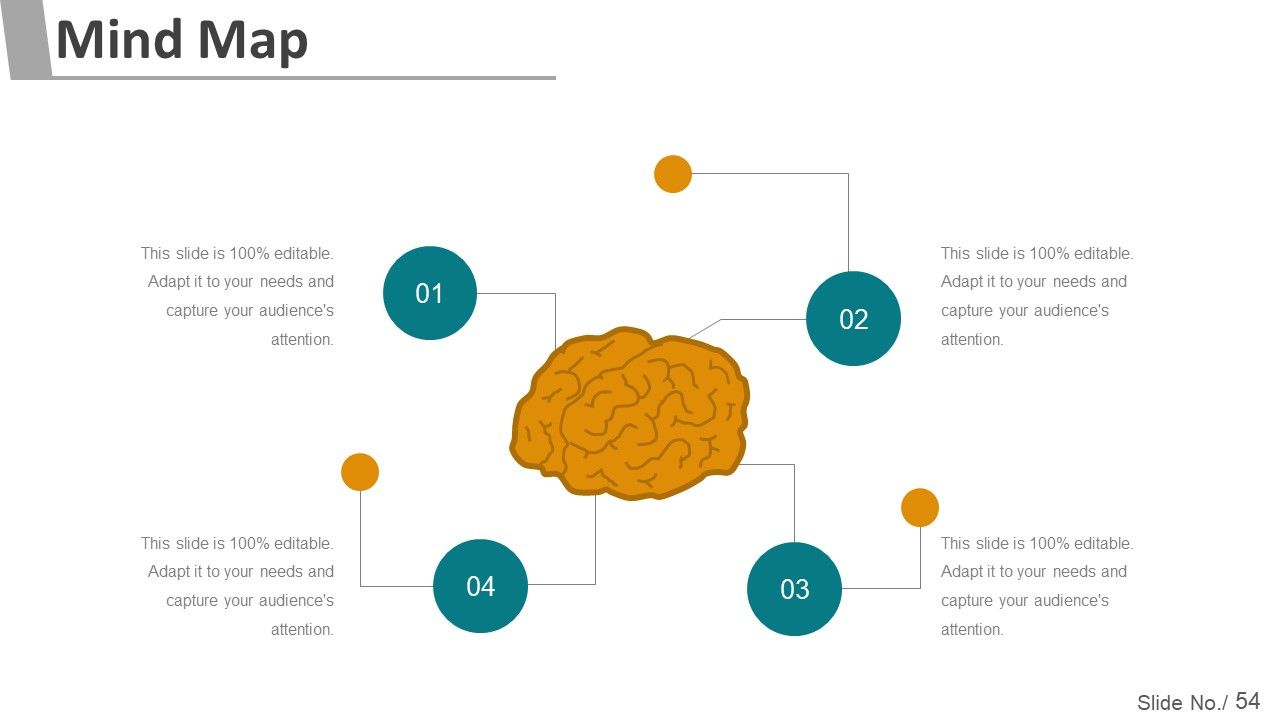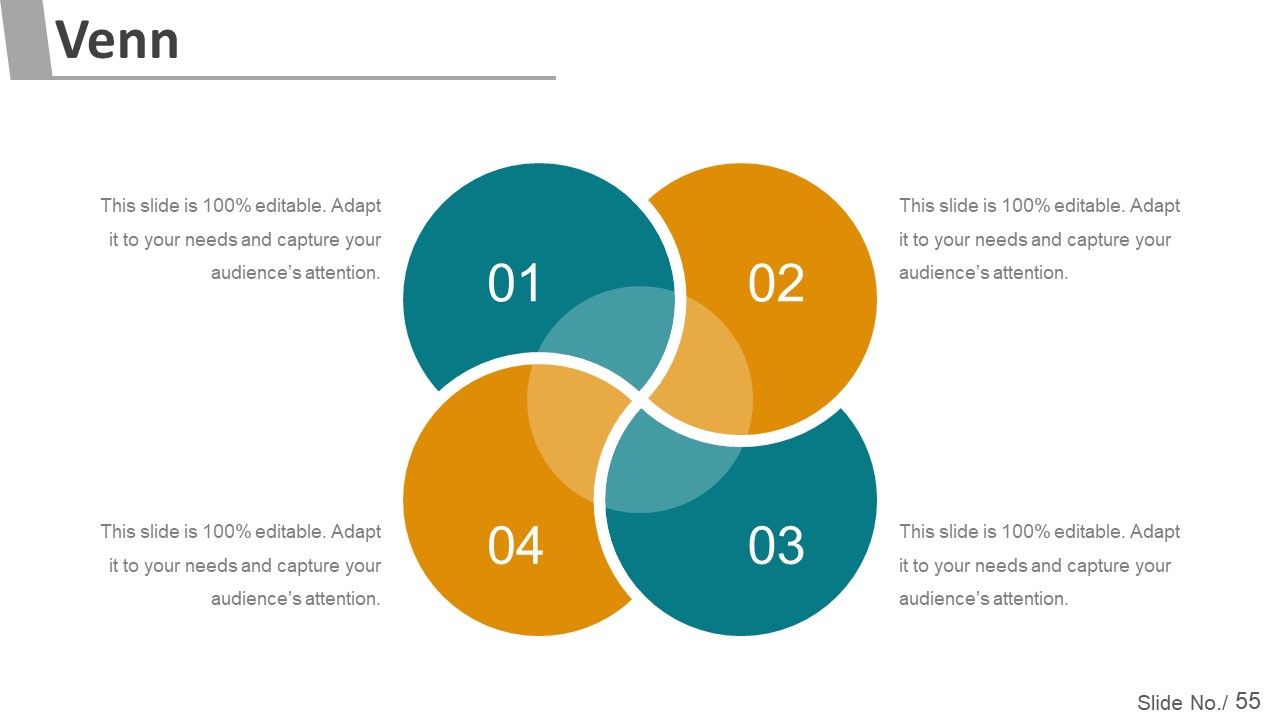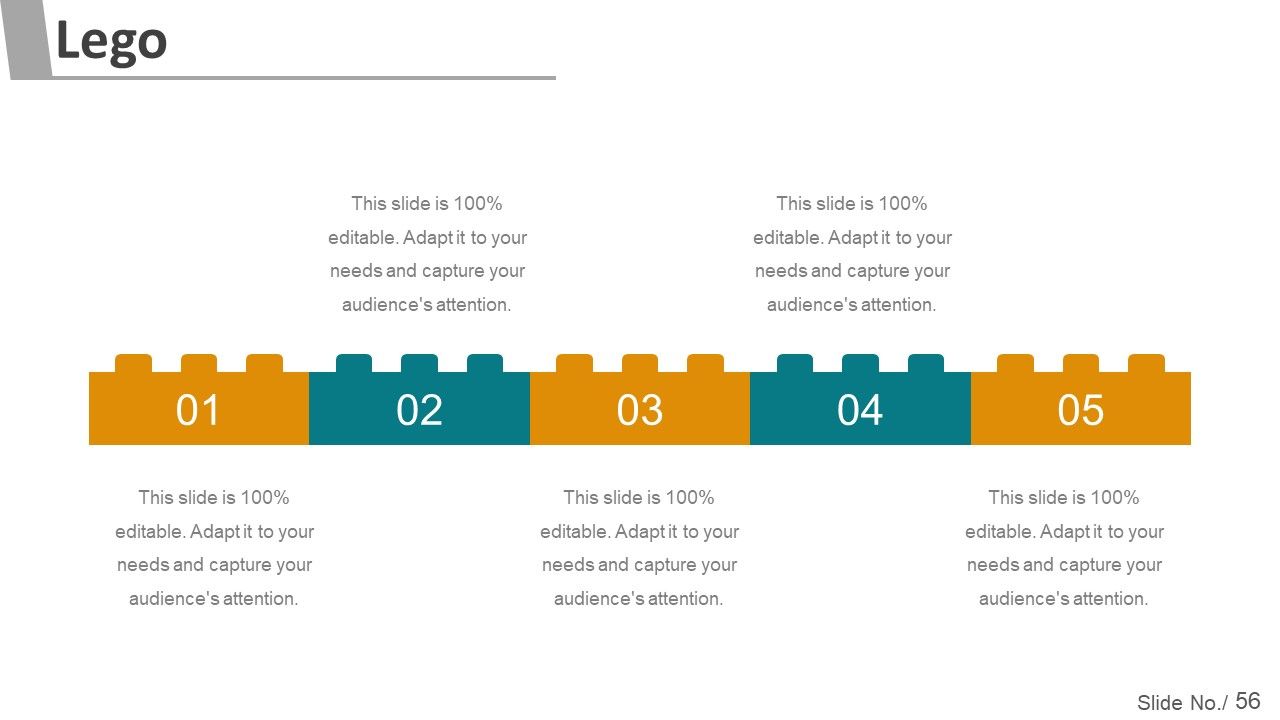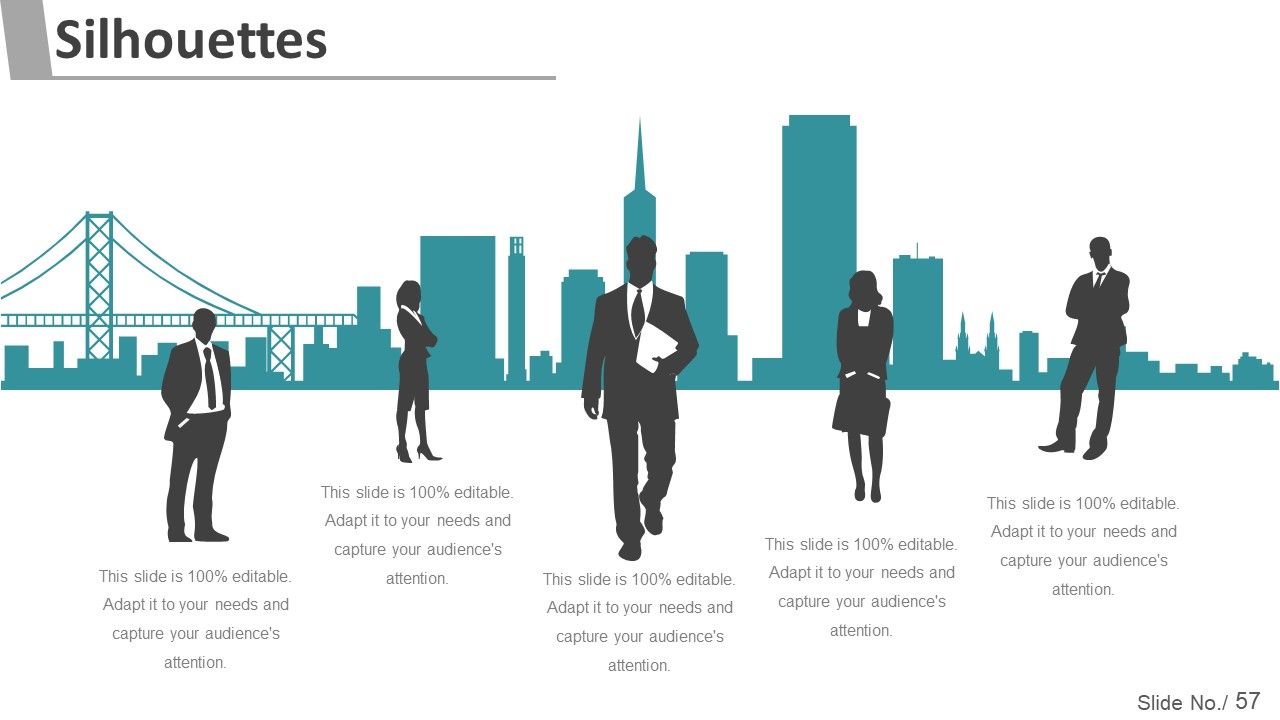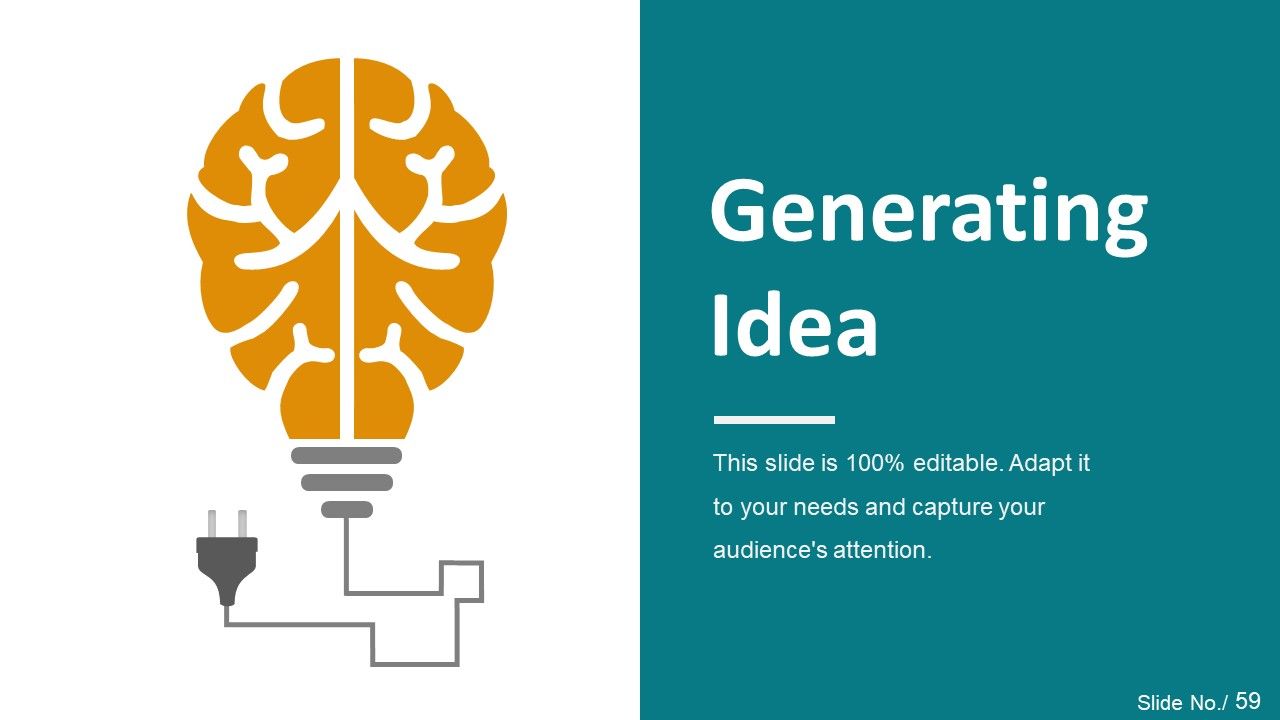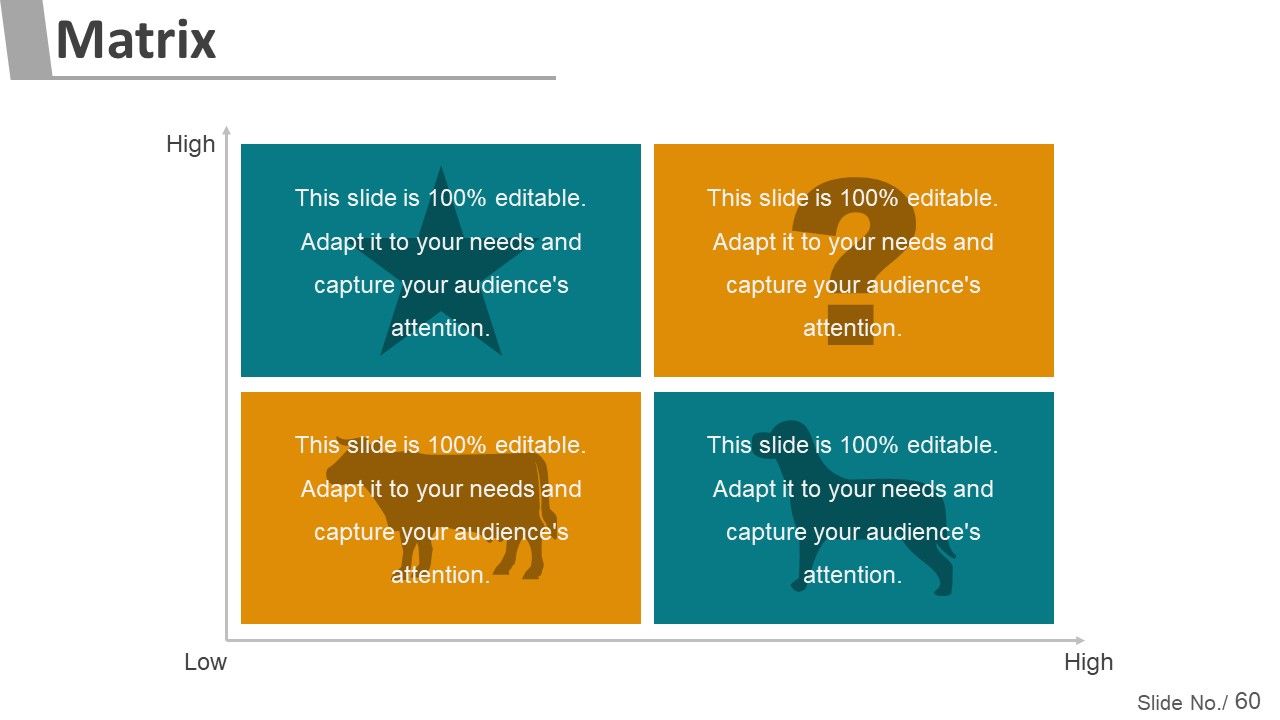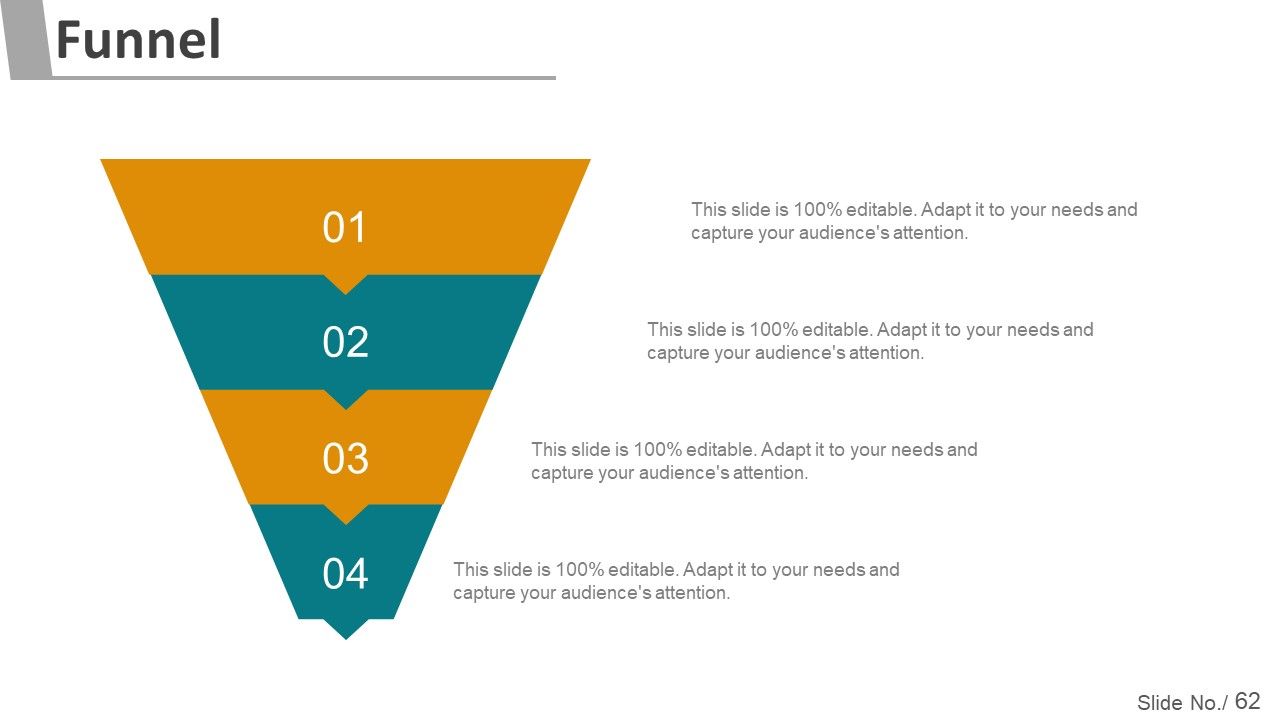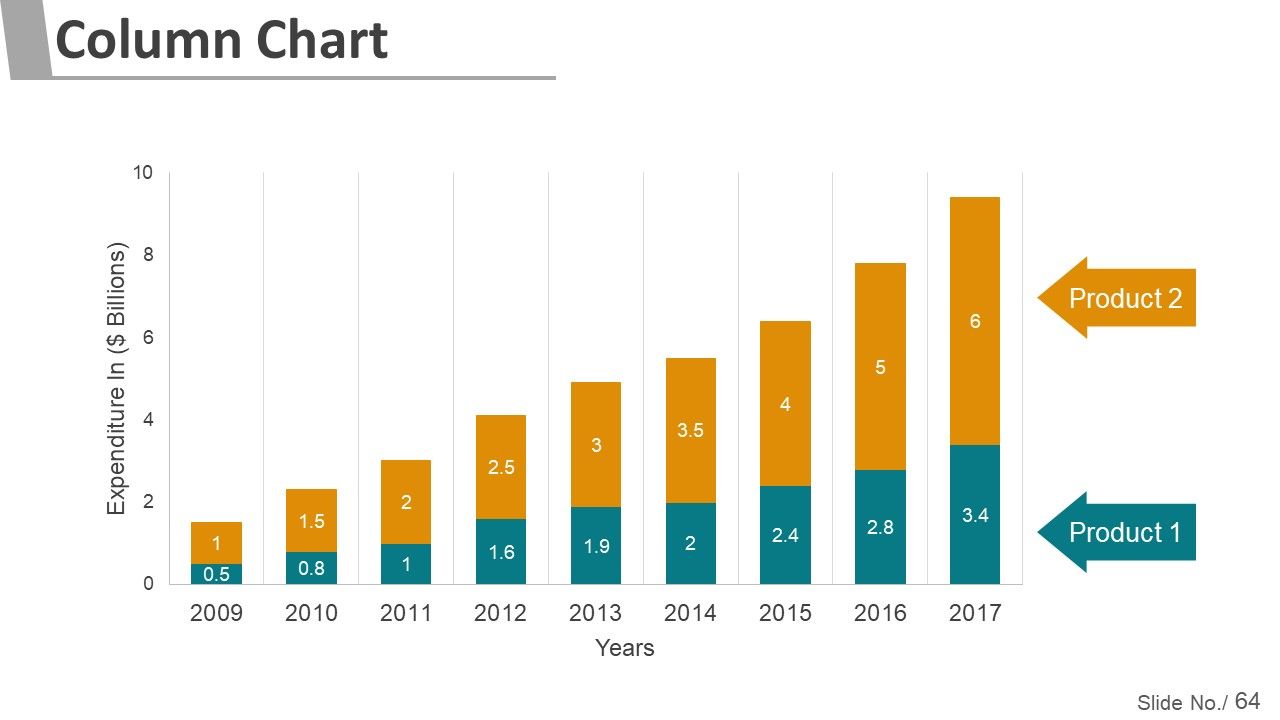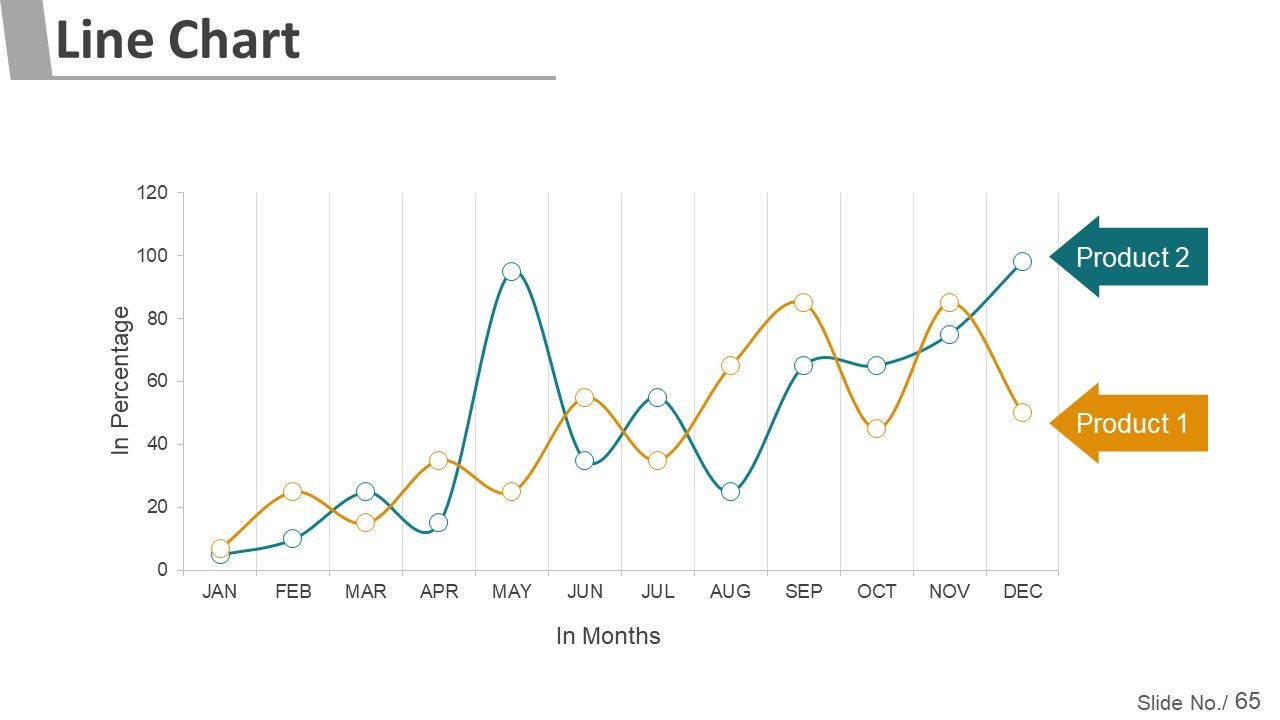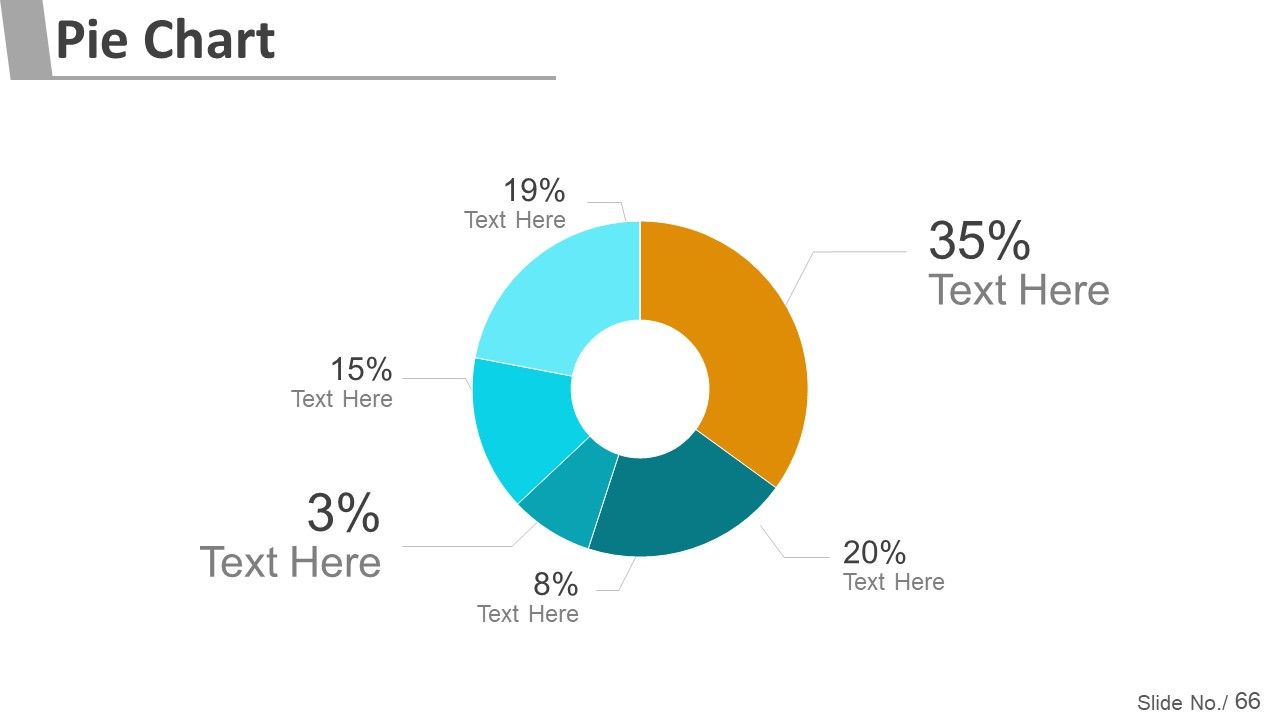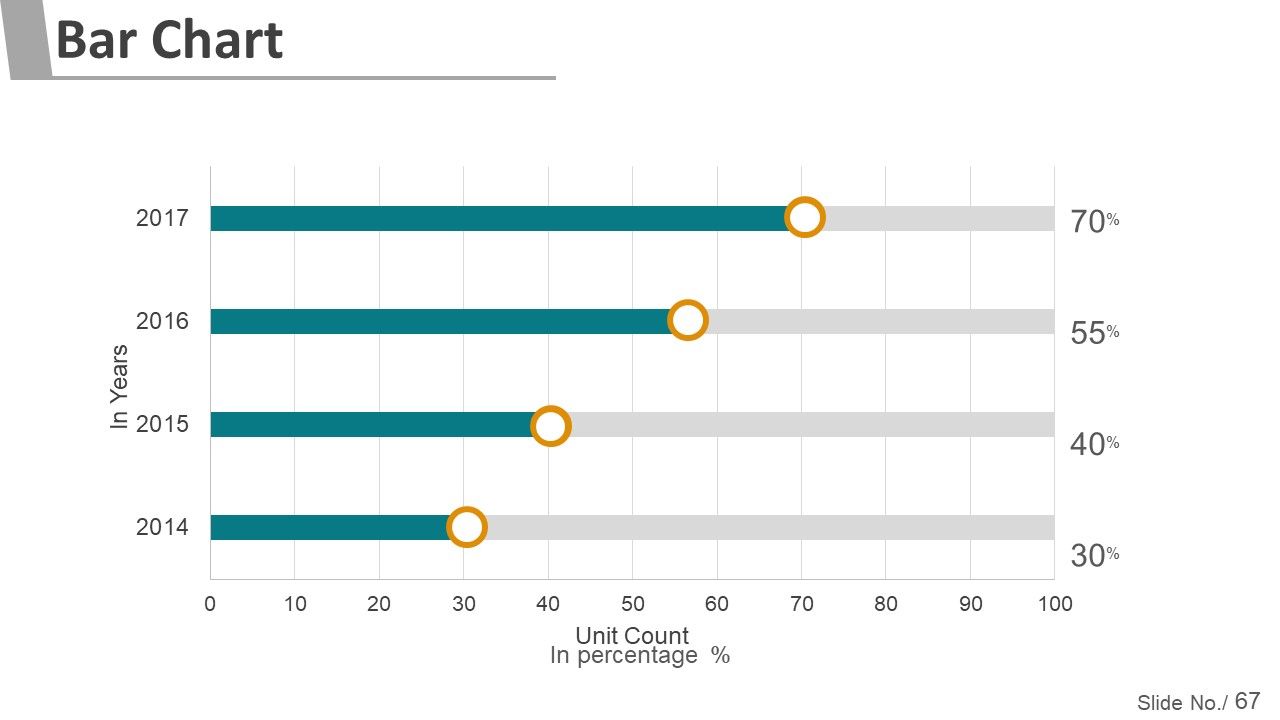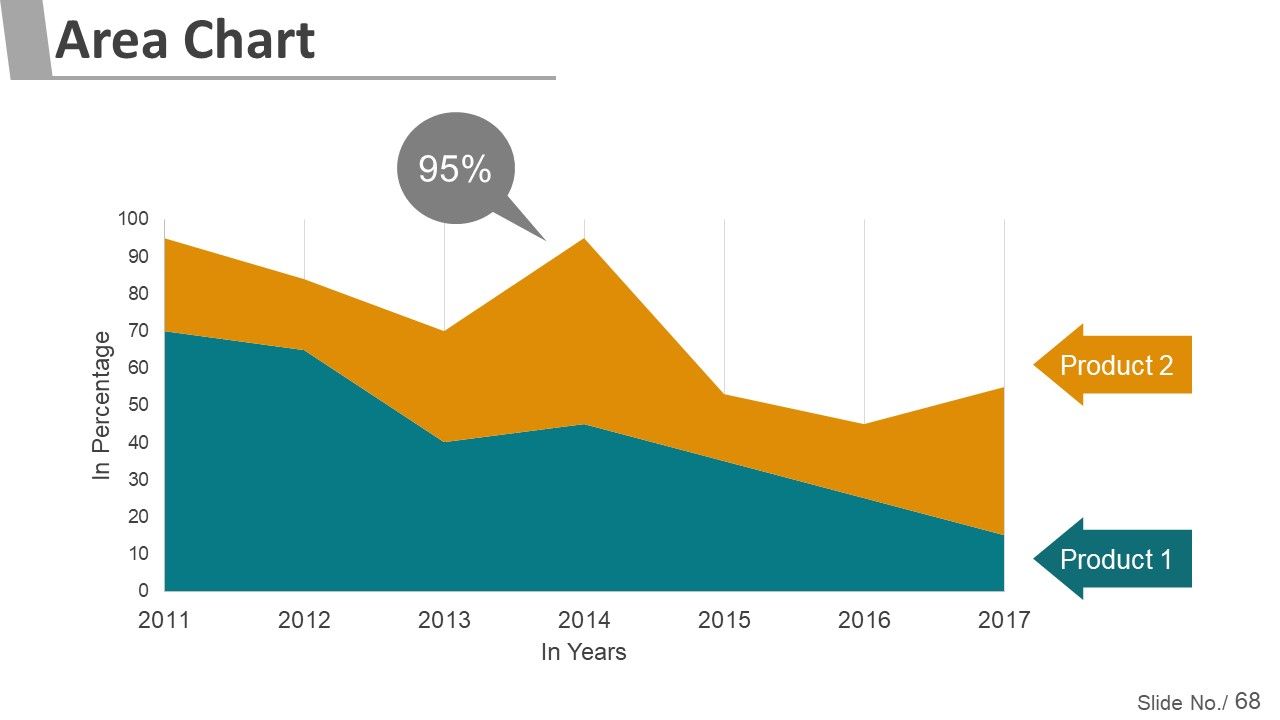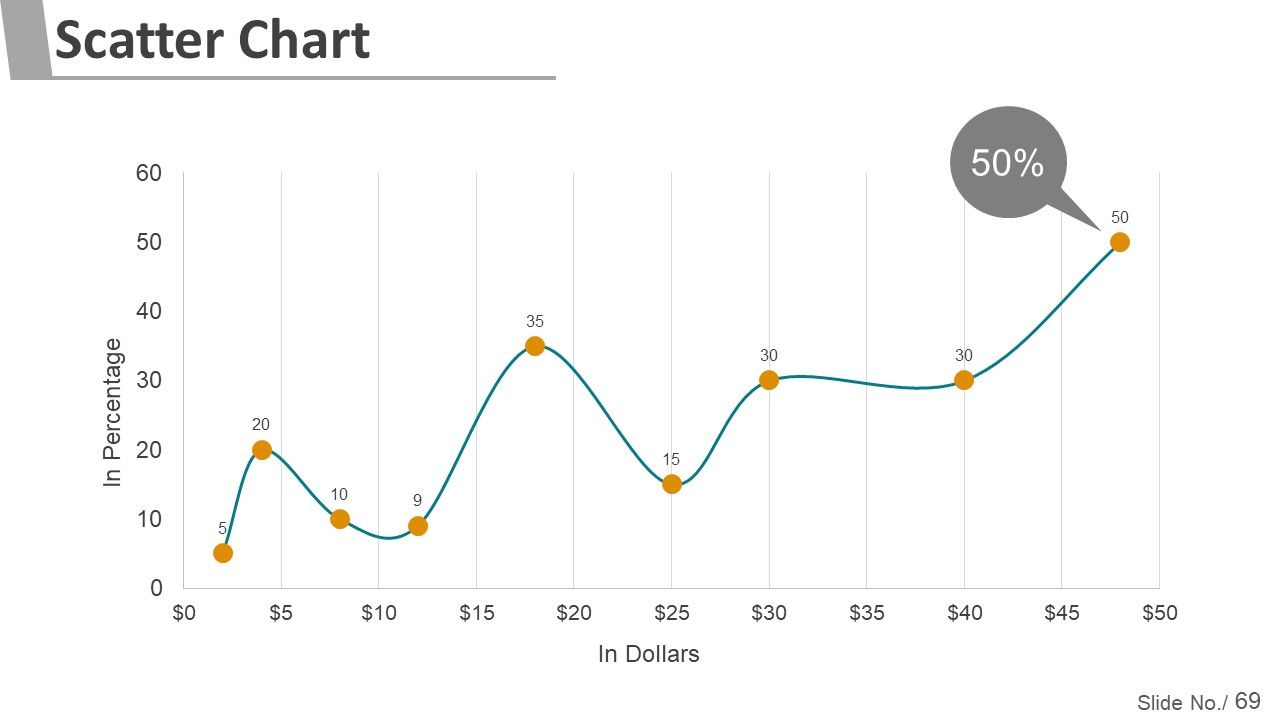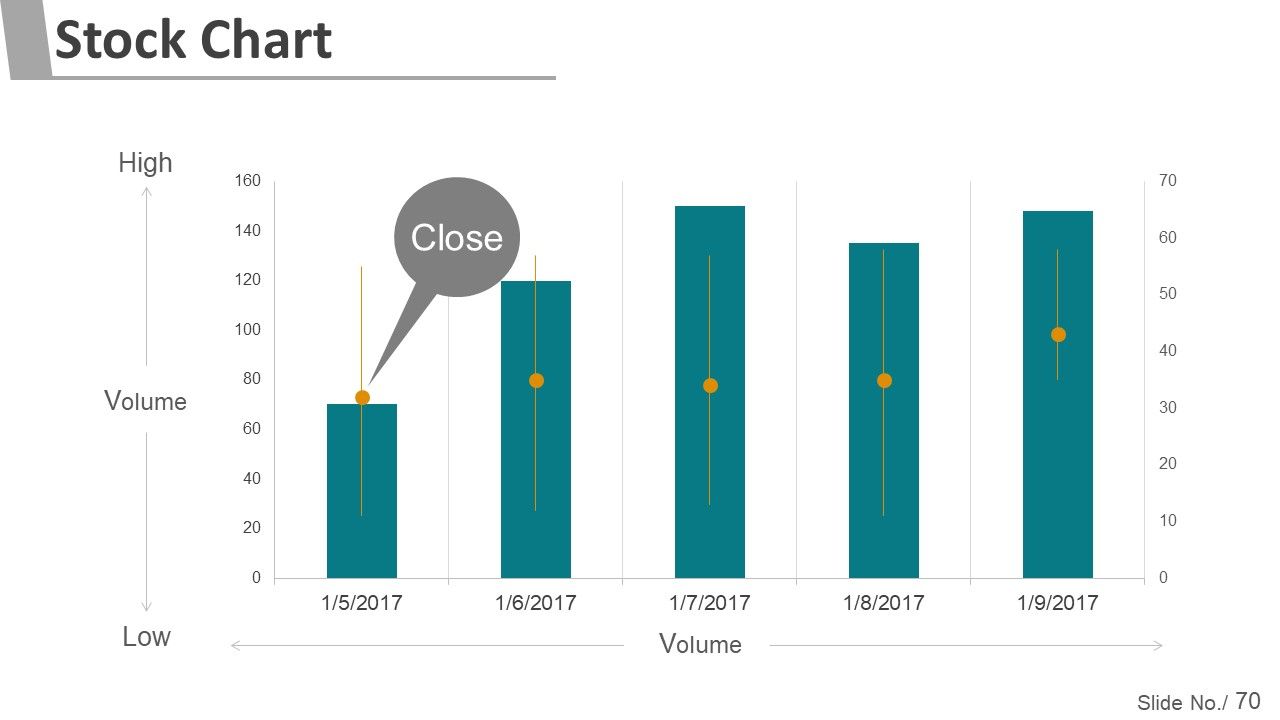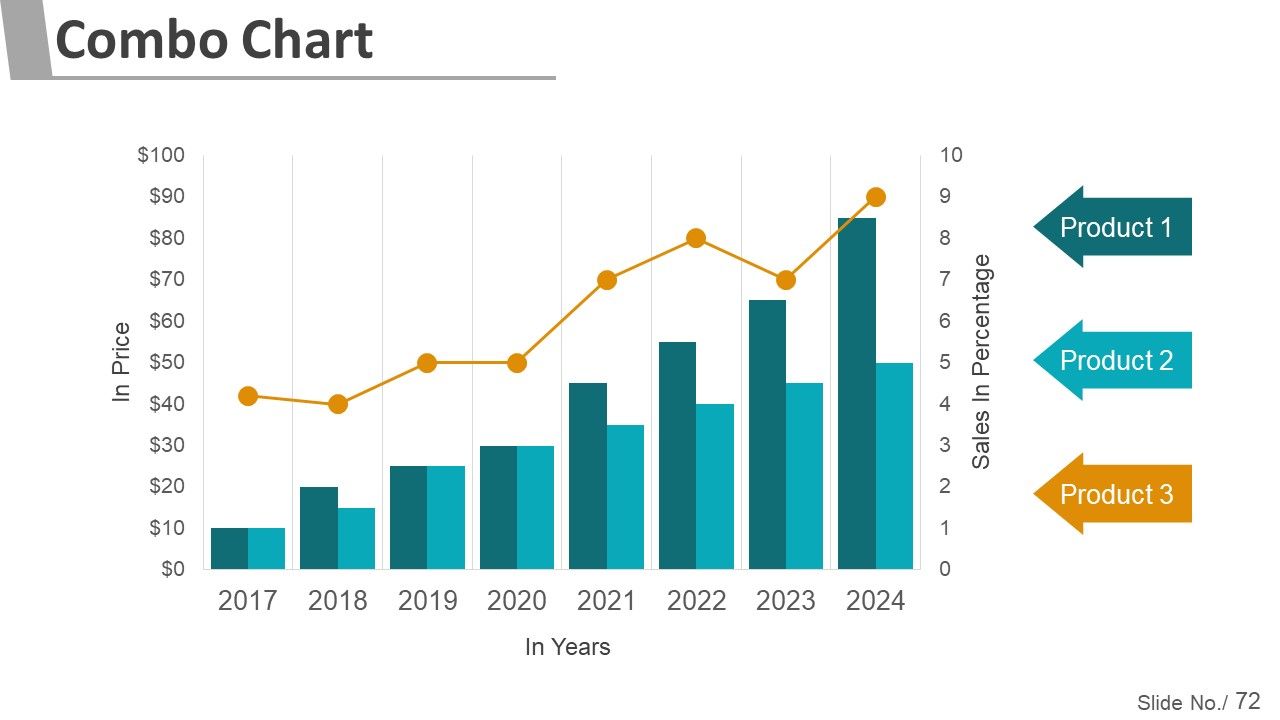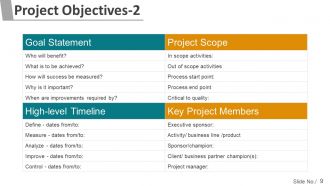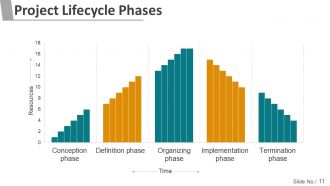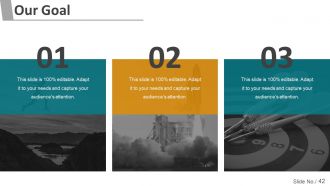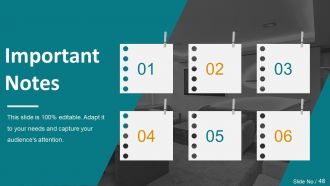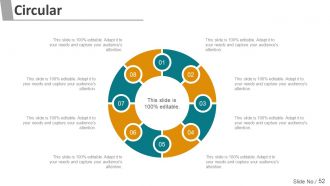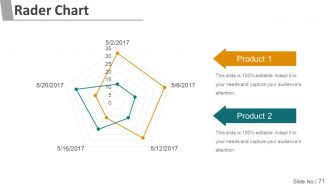Project Management Steps And Process Powerpoint Presentation Slide
Project management steps and process are very important for the successful completion of any project. There are various Project management steps which are to be followed in order to complete the project successfully. The project management typically involves definition of project, planning of project, execution of project, monitoring of project and project completion. If you want to learn more about about technical project management, SlideTeam's Project Management Powerpoint Presentation Slide is an easy way to keep your project organized and on track. The slide provides a variety of features that allow you to track your project's progress, communicate with team members, and manage your resources. With the help of the SlideTeam's Project Management Powerpoint Presentation Slide, you can easily deliver successful projects on time and within budget. So download our project management ppts now and start your project today.
Project management steps and process are very important for the successful completion of any project. There are various Pro..
- Google Slides is a new FREE Presentation software from Google.
- All our content is 100% compatible with Google Slides.
- Just download our designs, and upload them to Google Slides and they will work automatically.
- Amaze your audience with SlideTeam and Google Slides.
-
Want Changes to This PPT Slide? Check out our Presentation Design Services
- WideScreen Aspect ratio is becoming a very popular format. When you download this product, the downloaded ZIP will contain this product in both standard and widescreen format.
-

- Some older products that we have may only be in standard format, but they can easily be converted to widescreen.
- To do this, please open the SlideTeam product in Powerpoint, and go to
- Design ( On the top bar) -> Page Setup -> and select "On-screen Show (16:9)” in the drop down for "Slides Sized for".
- The slide or theme will change to widescreen, and all graphics will adjust automatically. You can similarly convert our content to any other desired screen aspect ratio.
Compatible With Google Slides

Get This In WideScreen
You must be logged in to download this presentation.
PowerPoint presentation slides
Presenting our project management steps and process PowerPoint presentation slide. This PPT layout holds seventy four slides and each slide is accessible in standard as well as wide-screen formats. It is completely editable as per your requirements and preferences as well. You can use it with Microsoft Office, Google slides and many other presentation software.
People who downloaded this PowerPoint presentation also viewed the following :
Content of this Powerpoint Presentation
Slide 1: This slide introduces Project Management Steps & Process. State Your Company Name and get started.
Slide 2: This is an Agenda slide. State your agendas here.
Slide 3: This slide presents Project Planning Process. The planning constituents are- Project charter, scope, Project schedule, Project resource, Project budget & cost, Project quality, Project risk, Project communication.
Slide 4: This slide showcases Dimensions of Project Planning with- Inputs: Other planning outputs, Historical information, Organizational policies, Constraints, Assumption. Tools And Techniques: Project planning methodology, Stakeholder skills and knowledge, Project management information system. Output: Project plan, Supporting detail, Project Plan Development.
Slide 5: This slide shows Elements of Project Lifecycle- Client statement of work, Internal review, Client review negotiations, Work authorization, Project monitoring, Revised project plan, Client requested changes, Project execution, Baseline project plan, Proposal project plan, Preliminary project plan.
Slide 6: This slide presents Types of Project showing- Product development Research & organizational change Engineering & construction Applications software development in terms of Methods Well Defined and Goals Well Defined.
Slide 7: This slide showcases Project Objectives with- Time, Scope, Money, Quality.
Slide 8: This slide presents Project Objectives with Business Case and Problem Statement.
Slide 9: This slide presents Project Objectives with Project Members, Scope, Goal Statement anf Timeline.
Slide 10: This slide presents Project Scope consisting of- Project justification, Project objectives, Project scope description, Project assumptions, Project constraints, Project acceptance criteria.
Slide 11: This slide presents Project Lifecycle Phases in graph form.
Slide 12: This slide showcases Project Lifecycle Phases graph divided into- Conception phase, Definition phase, Organizing phase, Implementation phase, Termination phase in terms of Time and Resources.
Slide 13: This slide presents Critical Path Project Management comprising of- Emergency services, Supply chain, Procurement, Stakeholders, Users.
Slide 14: This slide shows a Critical Path Method diagram. Use it as per need.
Slide 15: This slide presents a Project Planner in tabular form.
Slide 16: This slide presents a Project Planner in gantt chart form.
Slide 17: This slide presents an Activity Planning Chart.
Slide 18: This slide showcases a Week Scheduler.
Slide 19: This slide showcases a Yearly Scheduler.
Slide 20: This slide presents a Project Tasks Status Dashboard showing- Complete Tasks, Tasks In Progress, Not Started Tasks.
Slide 21: This slide presents a Work Breakdown Structure comprising of the main subheading-Fulfilment Customer Data Protection with: Project management, Scope narrative, Deliverable structure, Flow diagram, Schedule, Budget, Status reports, Regulations impact analysis, Regulations analysis and opinion, Summary of business impacts, Help desk process, Current state, Future state, System development, Large partner requirements, Technical requirement, Enhanced/ new EDI, Testing, Communication, Large partners, All other partners.
Slide 22: This slide presents Stages of Project Planning segregated as- Starting the project, Organizing and preparing, Carrying out the work, Closing the project.
Slide 23: This slide presents Work Process showacasing- Assessment, Deciding Outcomes, Planning, Intervention, Evaluation.
Slide 24: This slide is titled Project Team Management to move forward.
Slide 25: This slide shows Project Planning and Scope with- Concept, Project plan, Discovery, Plan draft, Release
Slide 26: This is a Coffee break image slide to halt. You can change the slide content as per need.
Slide 27: This slide showcases a Project Timeline showing- Plan activities, Engages activity owners, Develop final strategic plan, Develop draft strategy statements, Establish situation awareness, Identify key “themes” and “levers”, Learn principle of ideation, Make case for change build consensus, Finalize strategy statements, themes and levers, Learn to identity, plan and measure activities that will support the strategy, theme and levers.
Slide 28: This slide showcases a Project Schedule.
Slide 29: This slide shows Concept Development with- Packaging Features Styling Brand Name Quality Core benefits or services Installation After Sales Service Develop And Credit Warranty segregated into- Augmented Product, Actual Product, Core Product.
Slide 30: This slide shows an Activity Network Diagram.
Slide 31: This slide shows Potential Delays In Execution such as- Misalignment between projects and business objectives, Late or delayed projects, Dependency conflicts, Execution difficulties, Overlapping and redundant projects, Fragmentation, No accountability, Diffuse decision making, Unrealised business value, Resource conflicts.
Slide 32: This slide shows Risk Identification with- Identify, Analyze, Manage, Monitor, Improve, Report.
Slide 33: This slide showcases Risk Identification with Growth Profit Continuity divided into- Monitor, Manage, Improve, Identify & priorities risk, Quantify risk, Develop response plan and solutions, Report on governance and culture, Implement and test, Review risk process.
Slide 34: This slide shows Risks to Project in tabular form.
Slide 35: This slide shows Project Progress Against Baseline Schedule in gantt chart form.
Slide 36: This slide presents Alternatives Evaluation.
Slide 37: This slide showcases Project Budgeting with donut charts.
Slide 38: This slide showcases Project Management Step Icon Set. Use icons as per need.
Slide 39: This slide is titled Additional Slides to move forward. You may change the slide content as per need.
Slide 40: This is an About us slide to state company/team specifications.
Slide 41: This slide contains Our Mission. State company mission here.
Slide 42: This is an Our Goal slides. State your goals here.
Slide 43: This slide presents Our Team with designation, image text holder and text boxes.
Slide 44: This is a Financial score slide. State financial aspects etc. here.
Slide 45: This is a Dashboard slide. Present metrics, Kpis etc. here.
Slide 46: This is a Location slide to show global presence, growth etc.
Slide 47: This slide presents a Timeline. Jot down your highlights, or present milestones etc. here.
Slide 48: This slide showcases Important Notes. State important events, information etc. here.
Slide 49: This slide showcases Newspaper image. State important events, information etc. here.
Slide 50: This slide showcases a Puzzle imagery. Present information, specifications etc. here.
Slide 51: This slide shows Target image with text boxes.
Slide 52: This slide presents a Circular diagram with text boxes.
Slide 53: This slide shows Comparison of two entities with monitor screen image. Present information, specifications etc. here.
Slide 54: This slide shows a Mindmap for representing entities/information etc.
Slide 55: This slide displays a Venn diagram image. Present information, specifications etc. here.
Slide 56: This slide displays a Lego diagram image. Present information, specifications etc. here.
Slide 57: This is a People's silhouettes slide. Use it the way you want to show solutions, team, information etc.
Slide 58: This is a Hierarchy slide. Use it the way you want to show solutions, team, information etc.
Slide 59: This is a Generating Idea brain bulb image slide. Use it the way you want to show solutions, innovation, information etc.
Slide 60: This is a Matrix image slide. Present information, specifications etc. here.
Slide 61: This slide displays a Magnifying Glass image. Present information, specifications etc. here.
Slide 62: This slide displays a Funnel image. Present information, specifications etc. here.
Slide 63: This slide is titled Our Charts to move forward. You can change the slide content as per need.
Slide 64: This is a Column Chart slide to show product/entity comparison.
Slide 65: This is a Line Chart slide to show product/entity comparison.
Slide 66: This is a Pie Chart slide to show product/entity comparison.
Slide 67: This is a Bar Chart slide to show product/entity comparison.
Slide 68: This is an Area Chart slide to show product/entity comparison.
Slide 69: This is a Scatter Chart slide to show product/entity comparison.
Slide 70: This is a Stock Chart slide to show product/entity comparison.
Slide 71: This is a Radar Chart slide to show product/entity comparison.
Slide 72: This is a Combo Chart slide to show product/entity comparison.
Slide 73: This is a Contact Us slide with Email Address, Address# street number, city, state, Contact Numbers.
Slide 74: This is a Thank You slide for acknowledgement or to end a presentation.
Project Management Steps And Process Powerpoint Presentation Slide with all 74 slides:
Our Project Management Steps And Process Powerpoint Presentation Slide are happy to embrace any change. Adaptability has always been their forte.
FAQs
The key components of project planning are project charter, scope, project schedule, project resources, project budget and cost, project quality, project risk, and project communication.
The different types of projects include product development, research and organizational change, engineering and construction, and application software development. These projects can be classified based on whether their methods and goals are well-defined.
The critical path project management approach is a method of project management that involves identifying the tasks critical to the project's completion and ensuring that they are completed on time.
Some potential risks to a project include misalignment between projects and business objectives, late or delayed projects, dependency conflicts, execution difficulties, overlapping and redundant projects, fragmentation, no accountability, diffuse decision making, unrealized business value, and resource conflicts.
The purpose of the project progress against baseline schedule is to compare the actual progress of the project to the planned progress outlined in the project's baseline schedule. This helps to track the project's progress and identify any deviations from the plan.
-
nice
-
Very good
-
Impressed to see such a vast collection of Project management templates here. Really helped me design my presentation with a variety of slides
-
Unique and attractive product design.
-
Helpful product design for delivering presentation.



